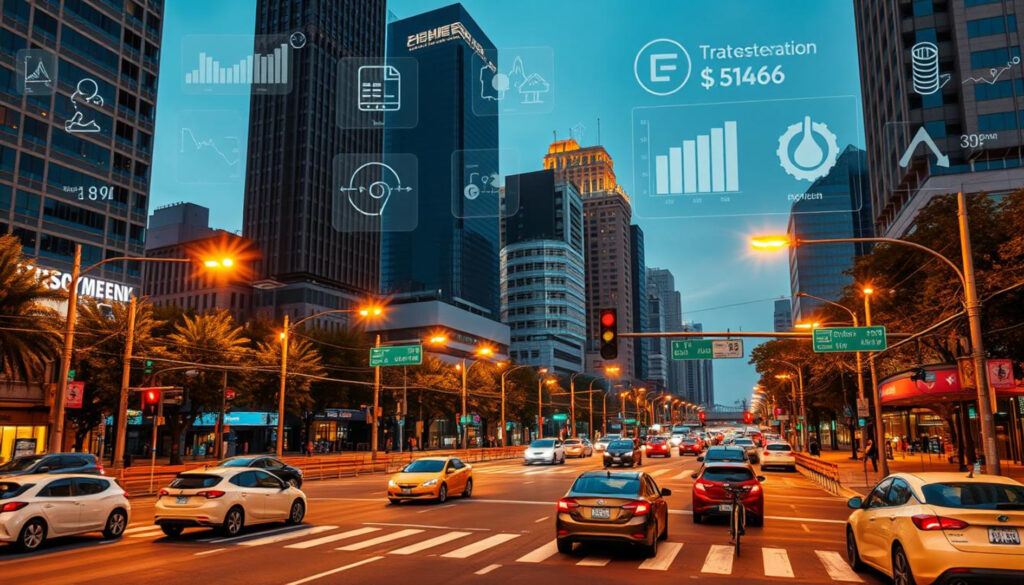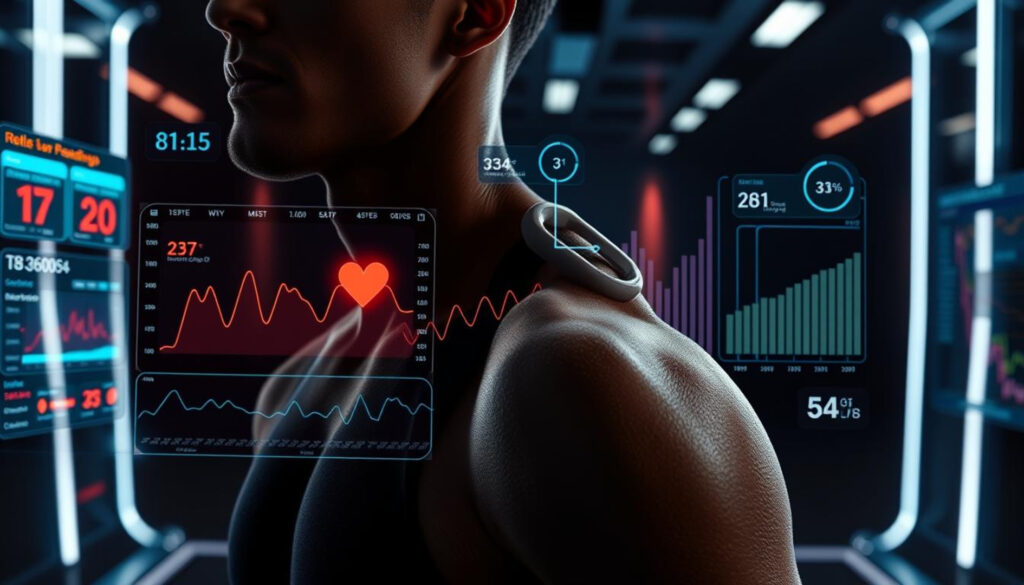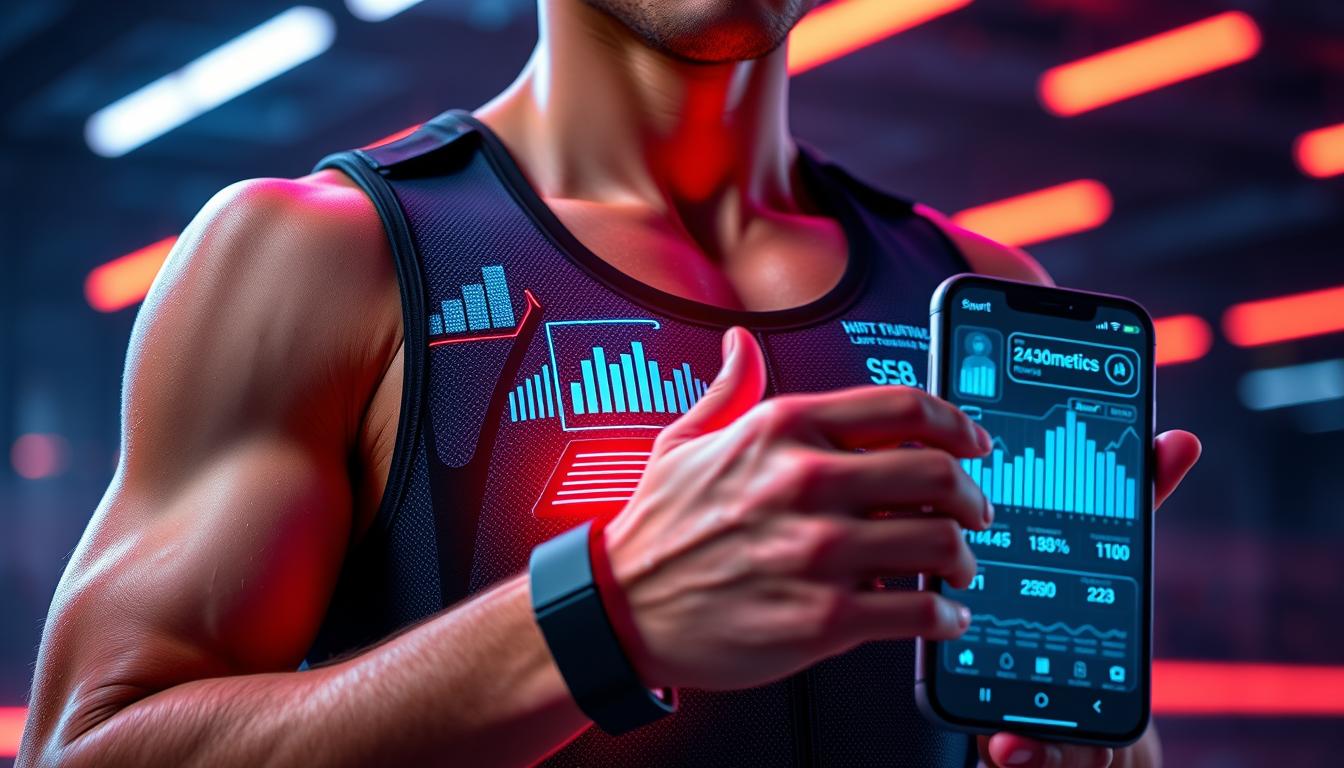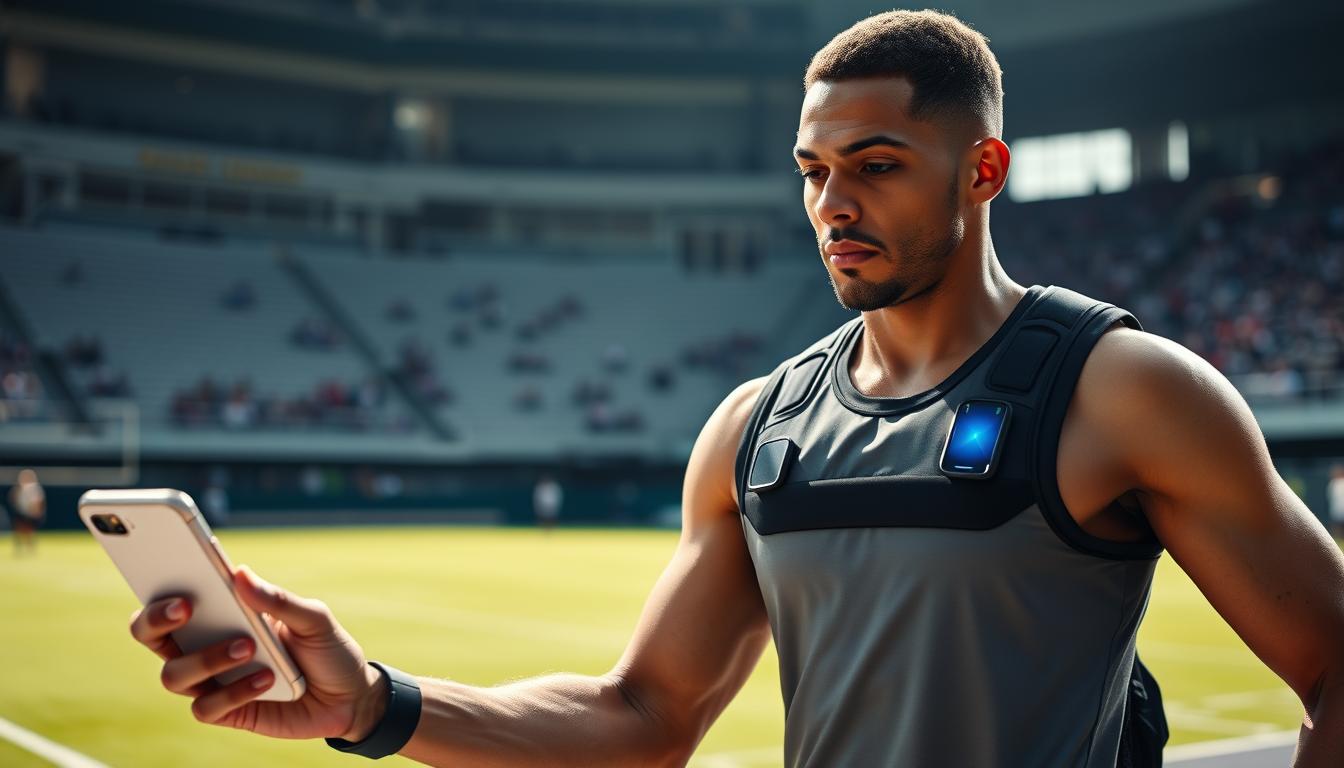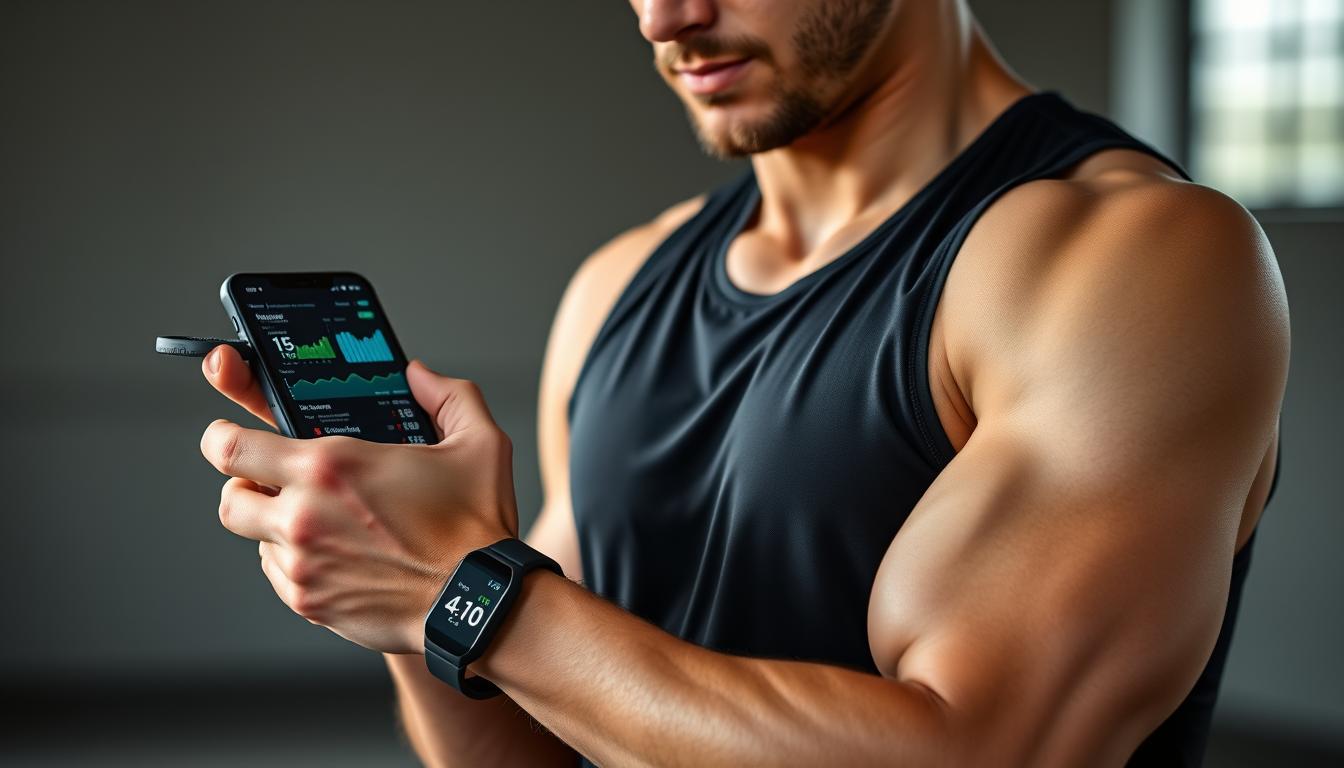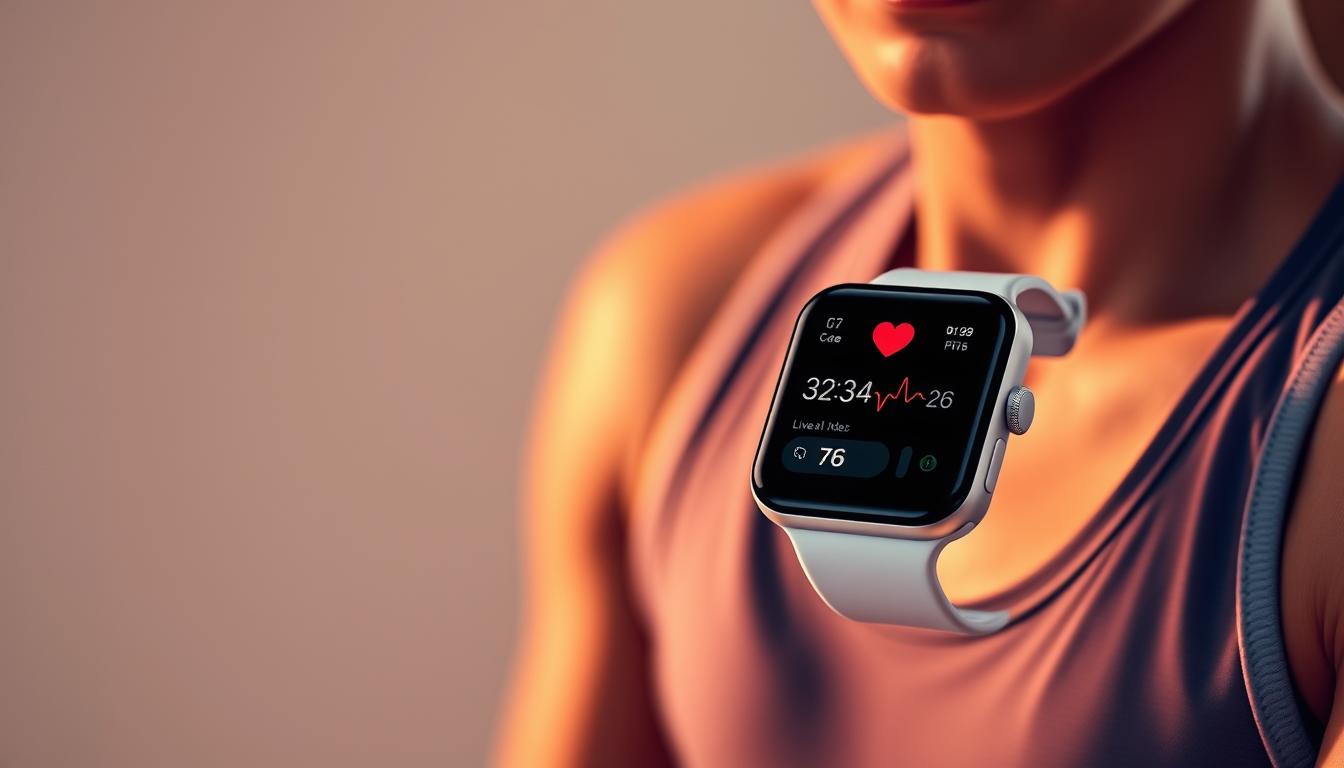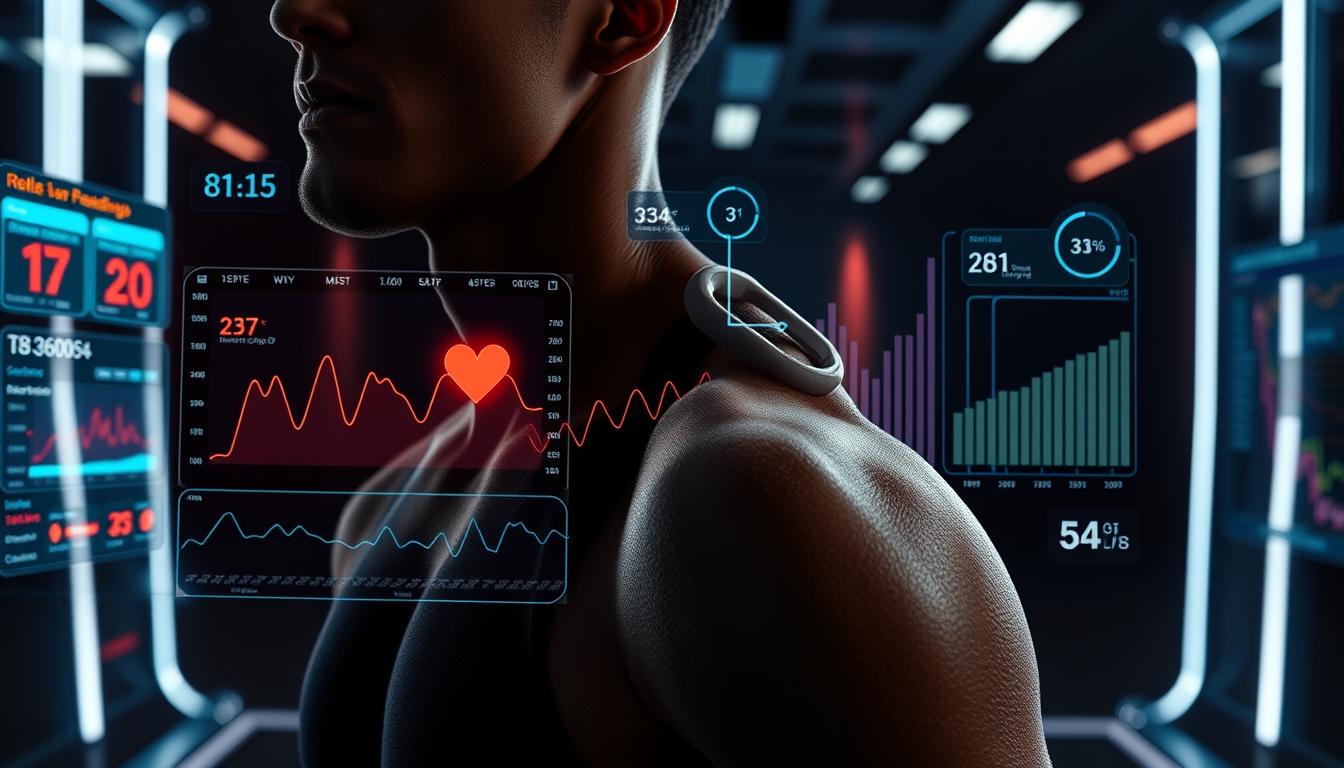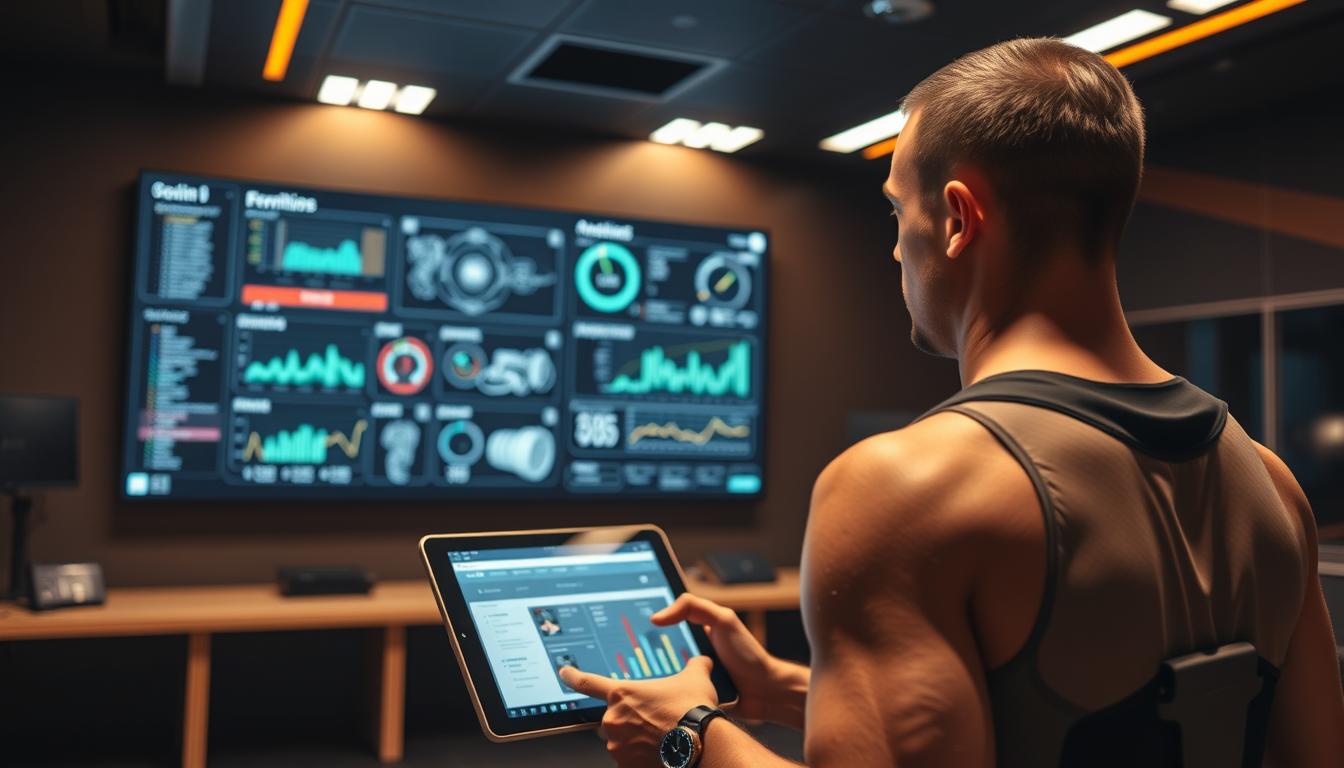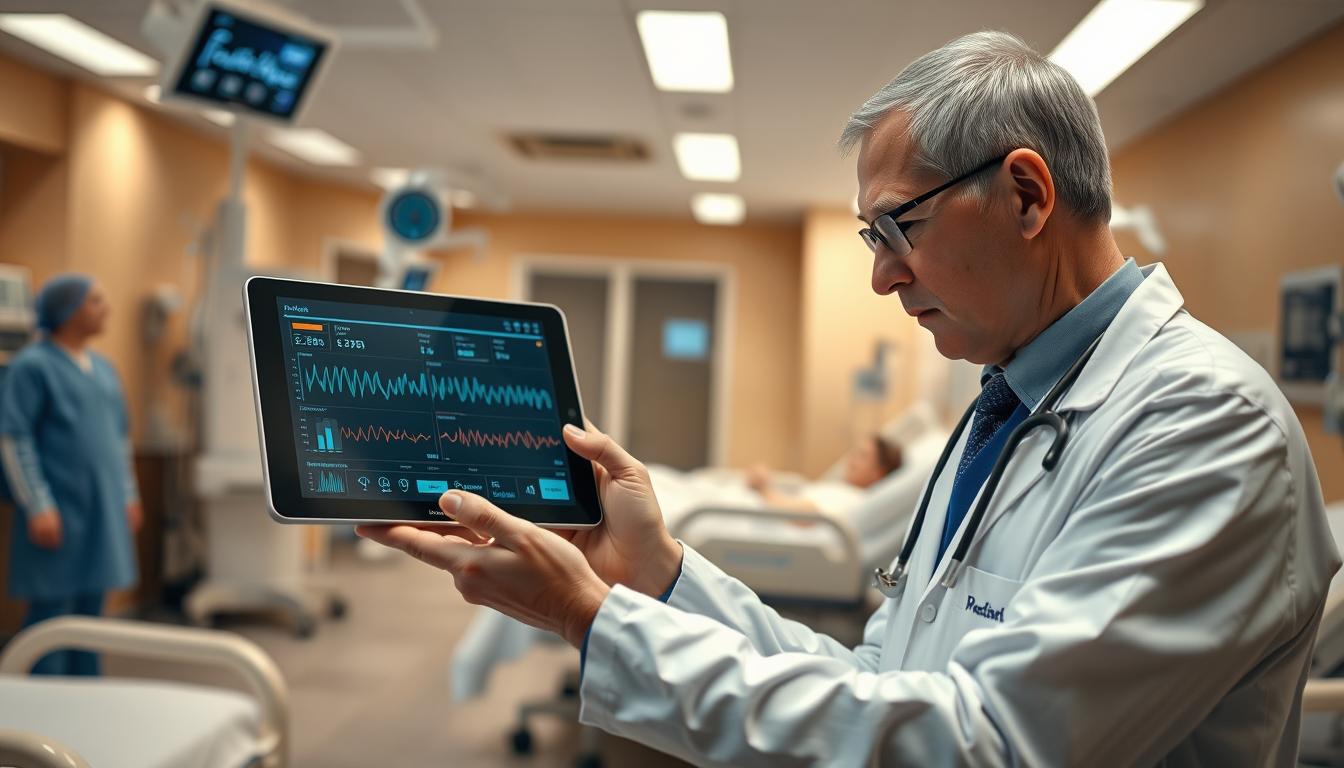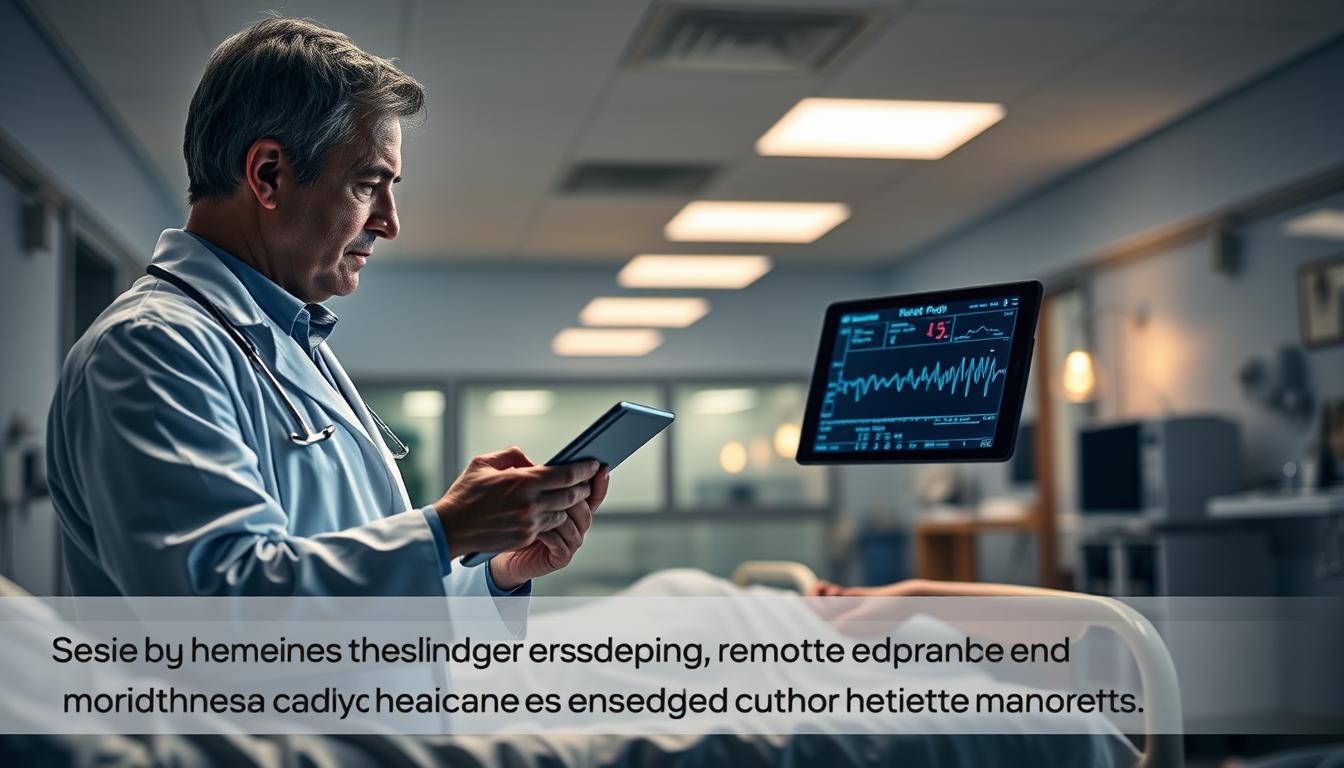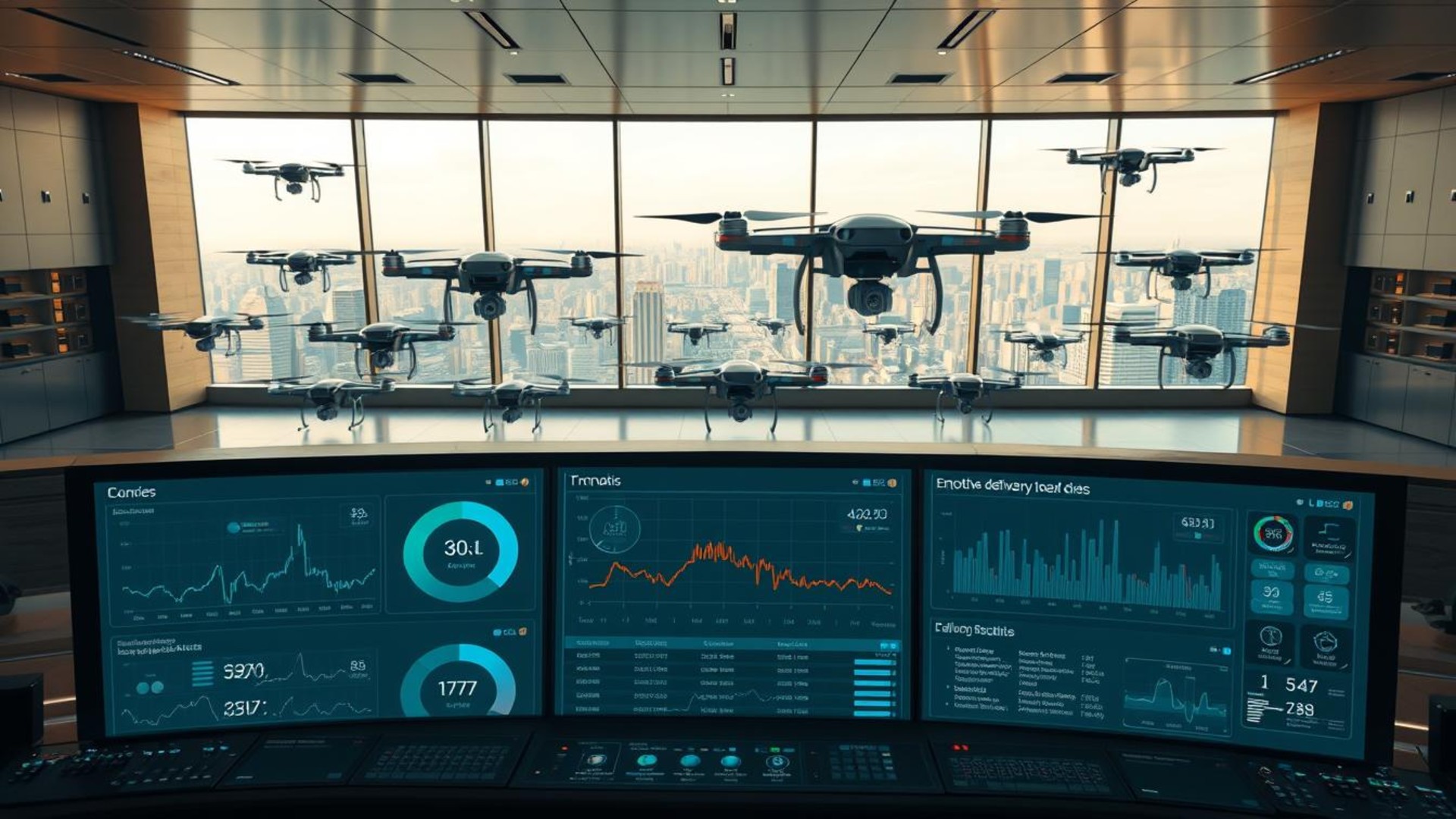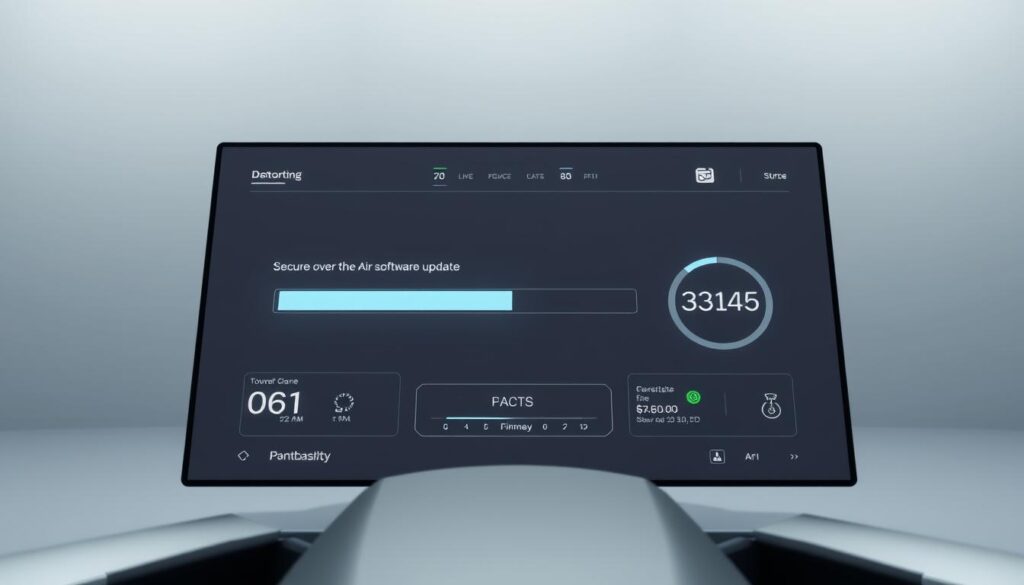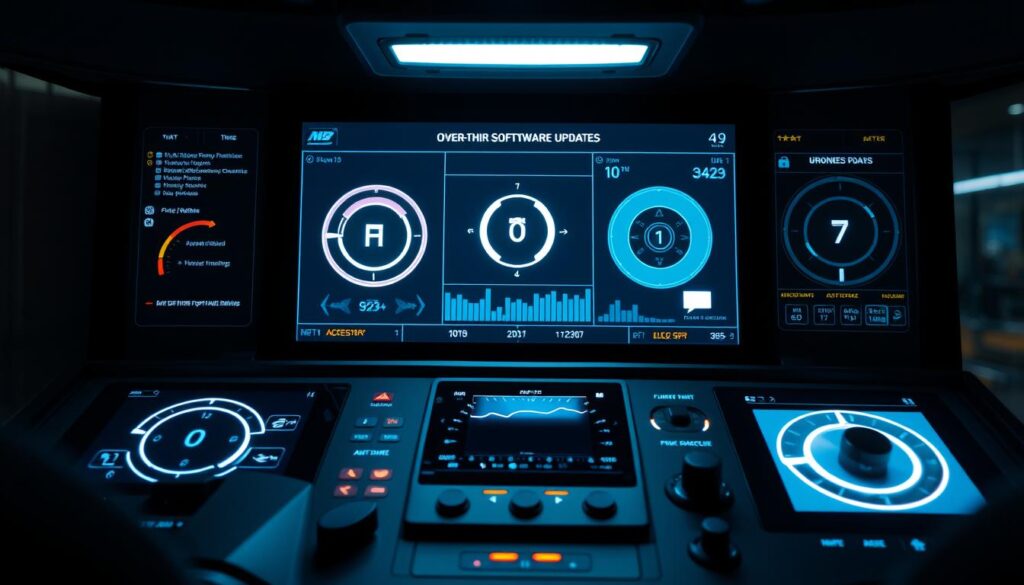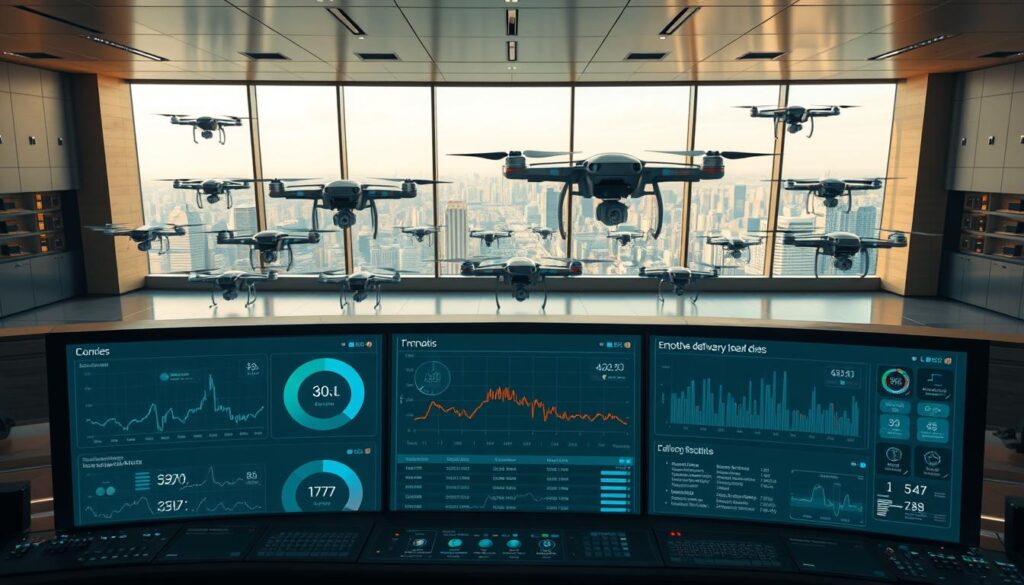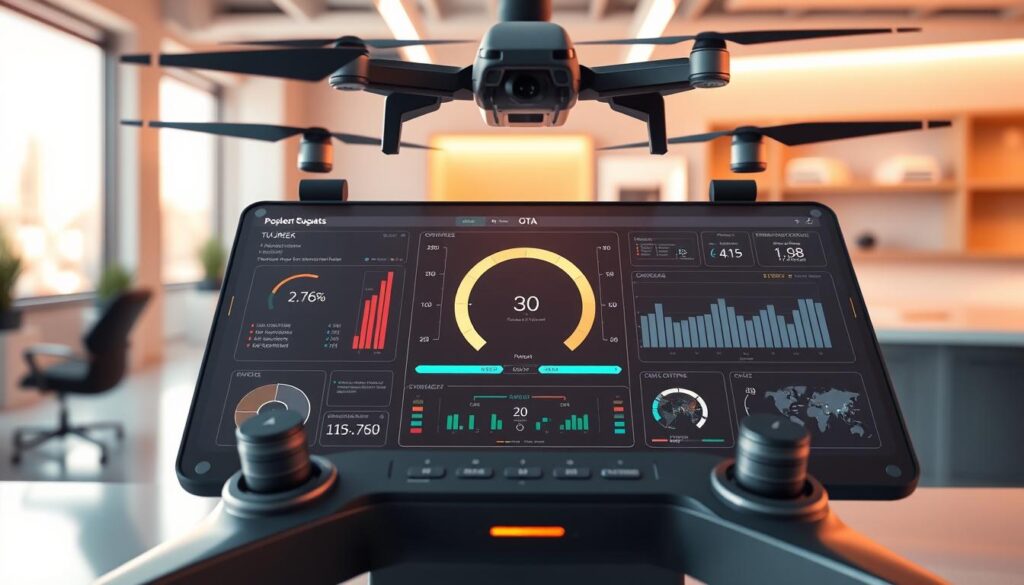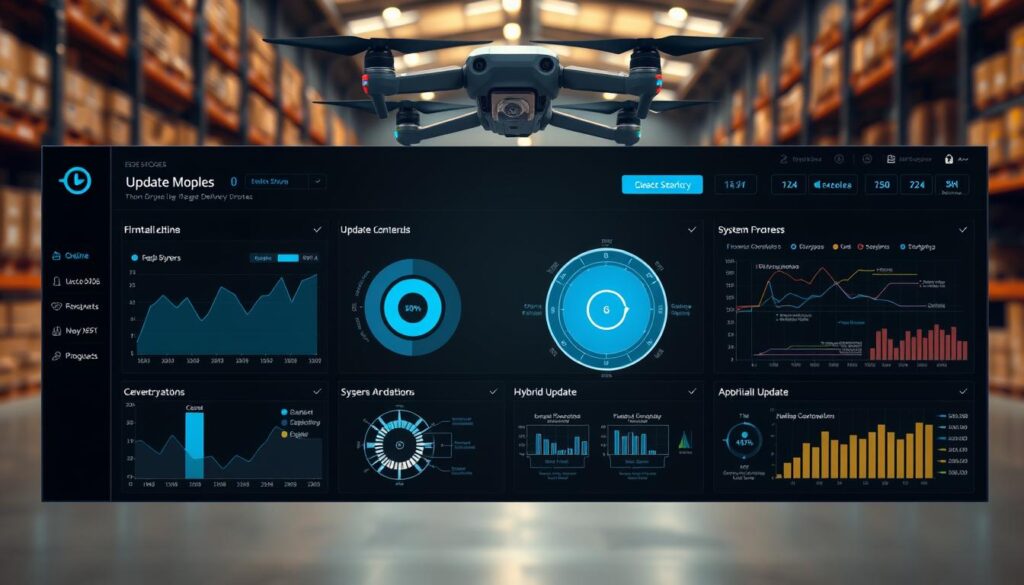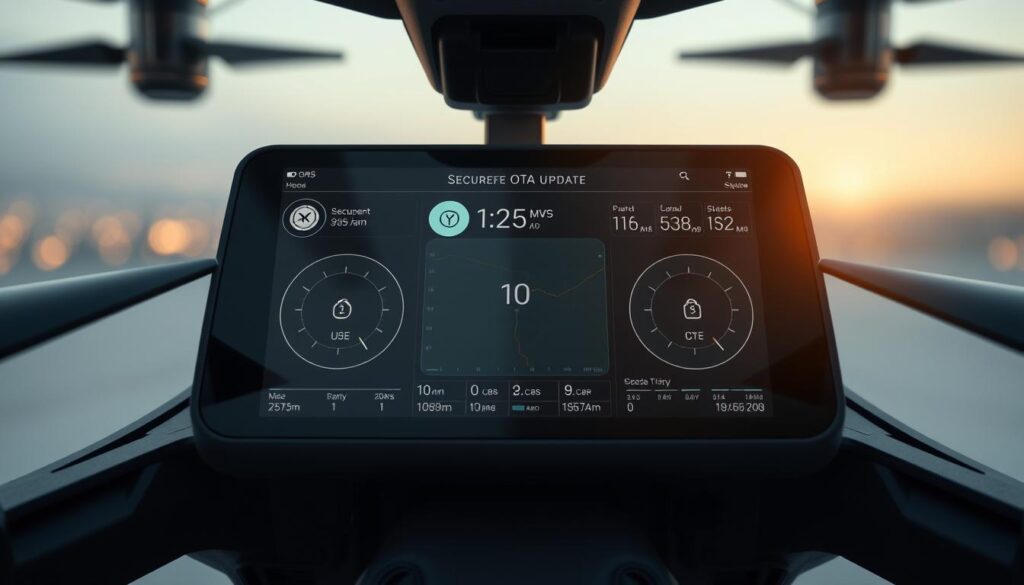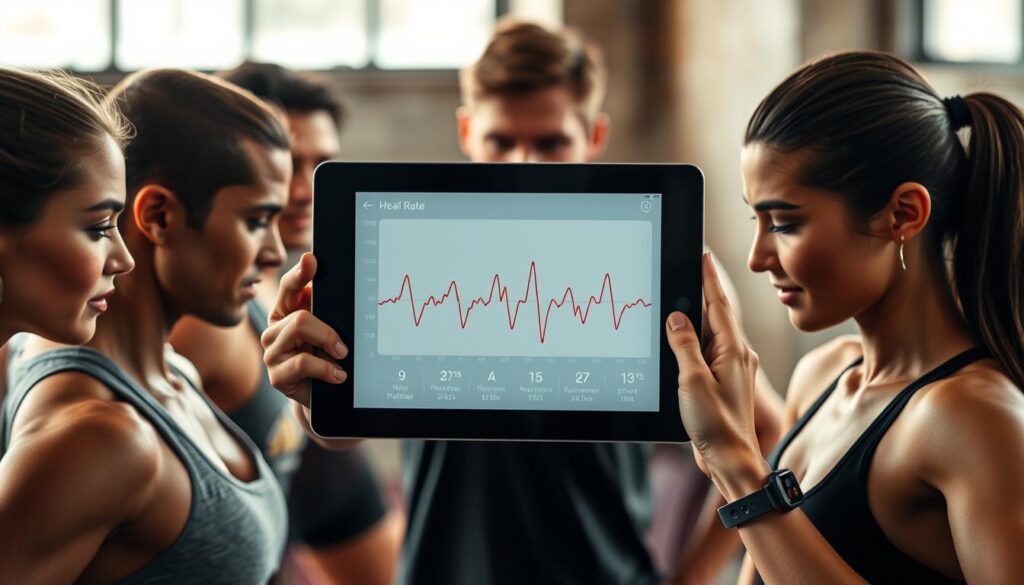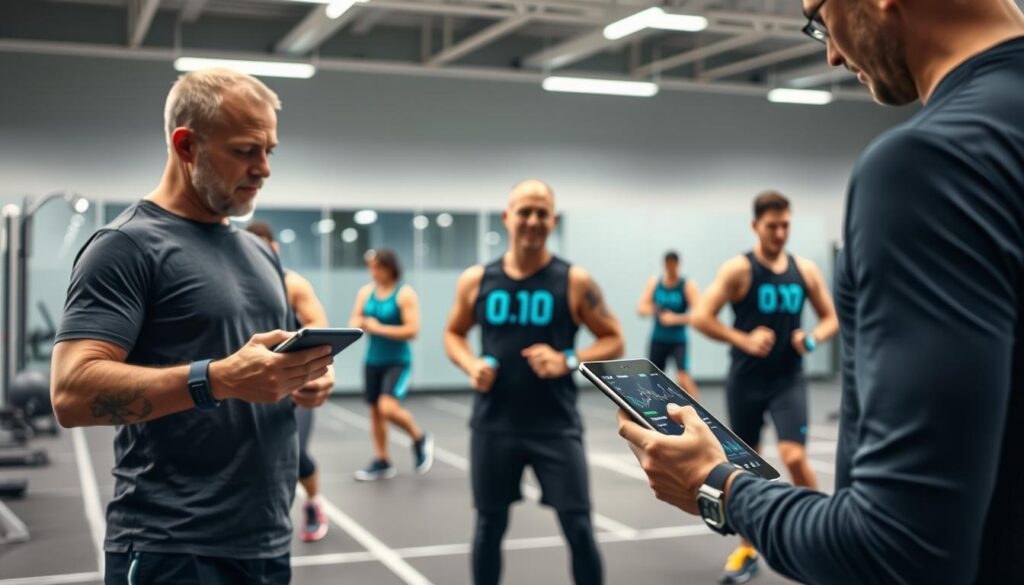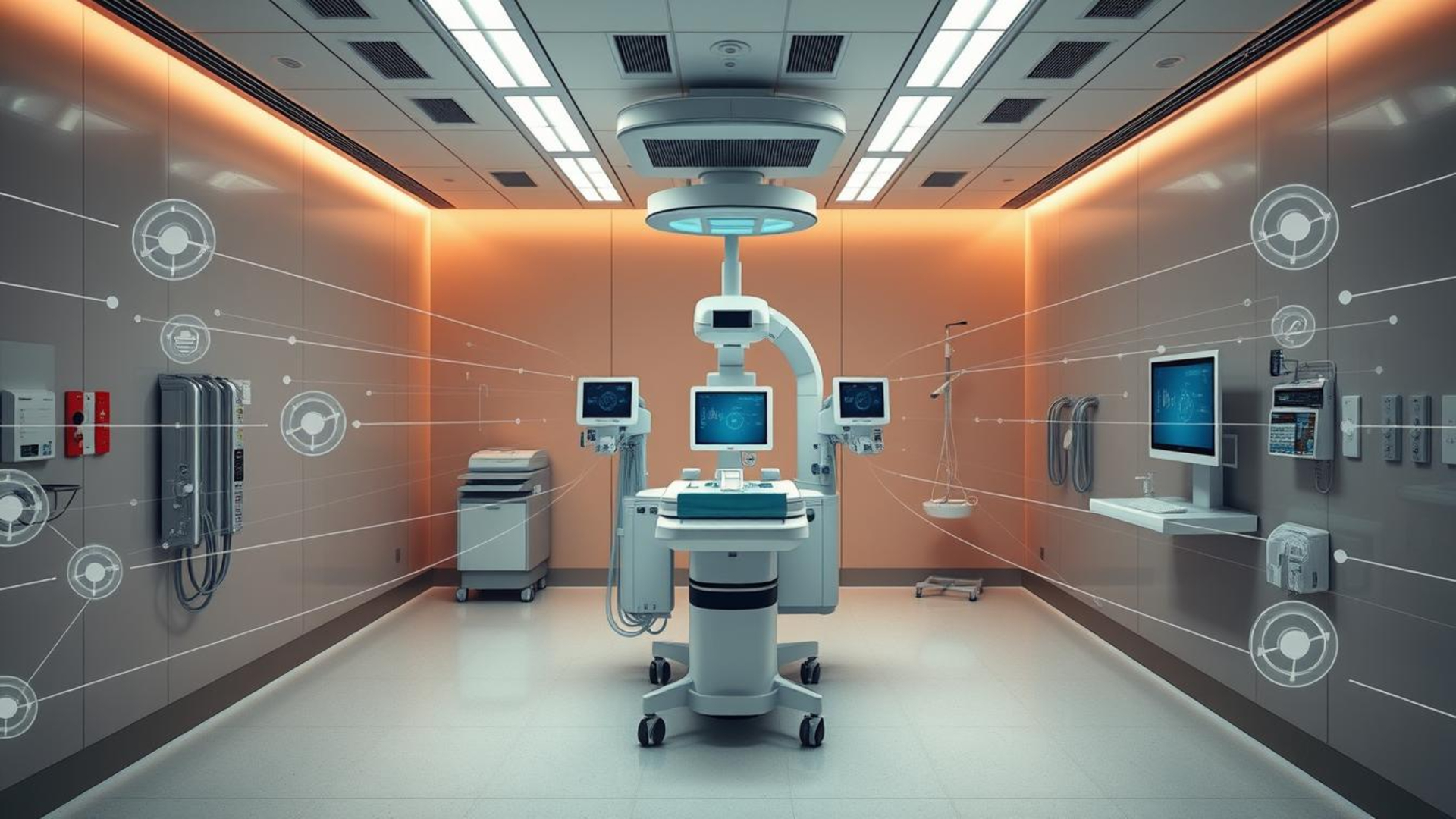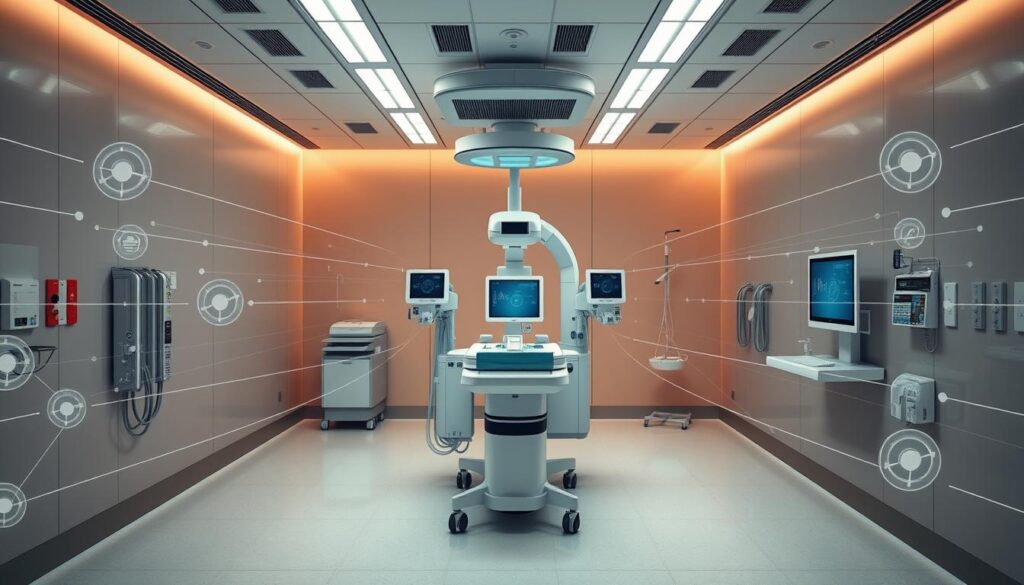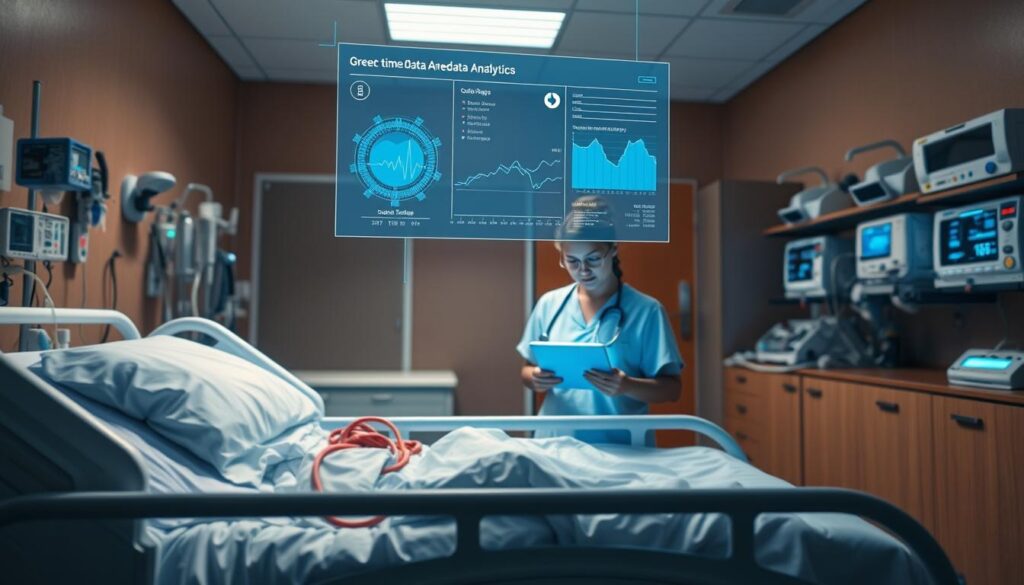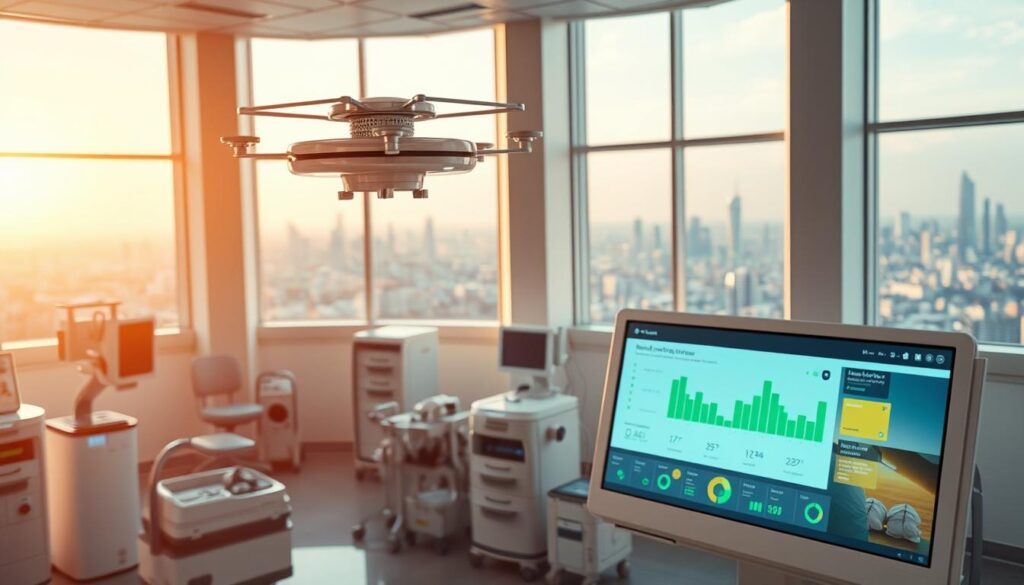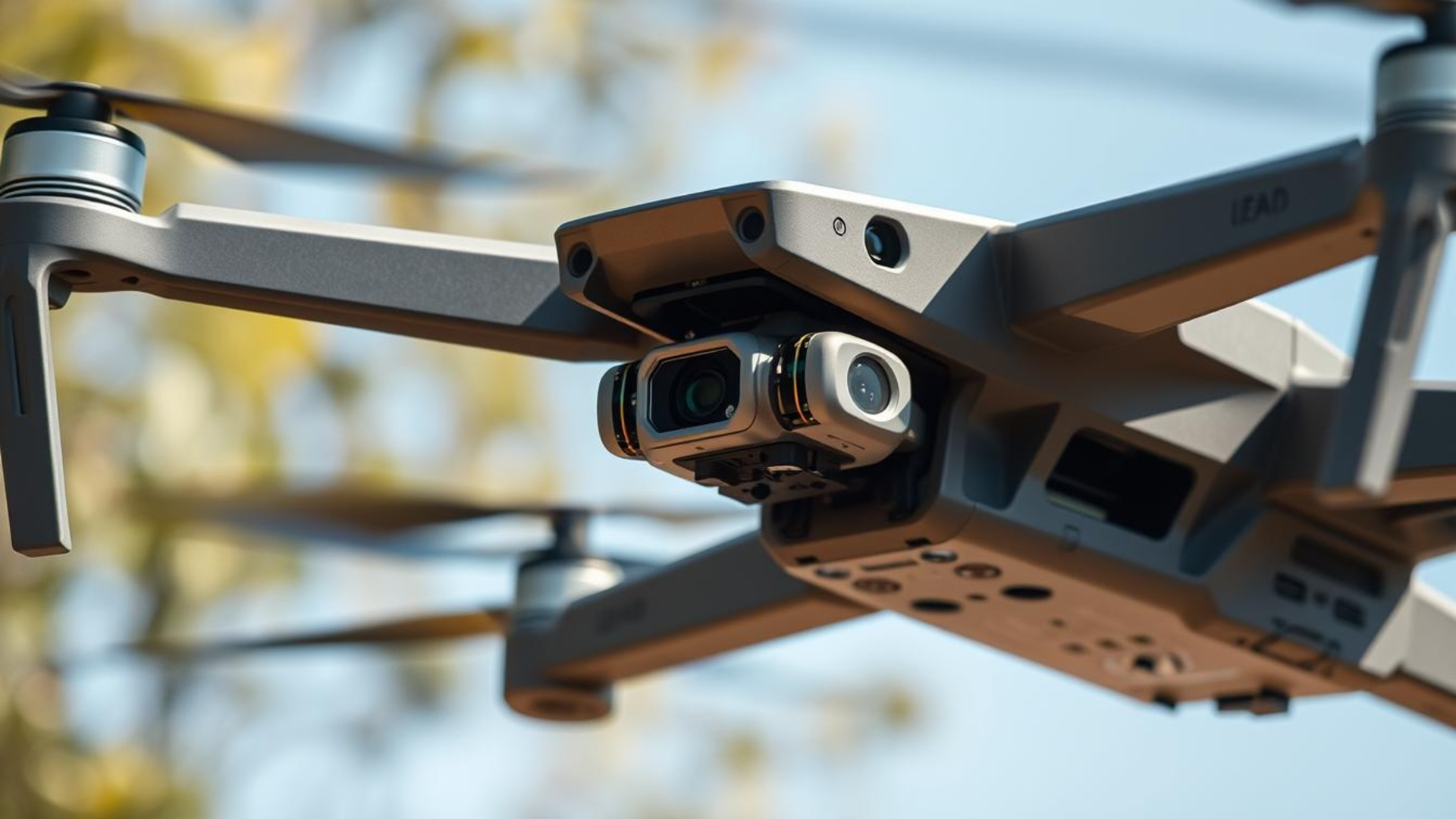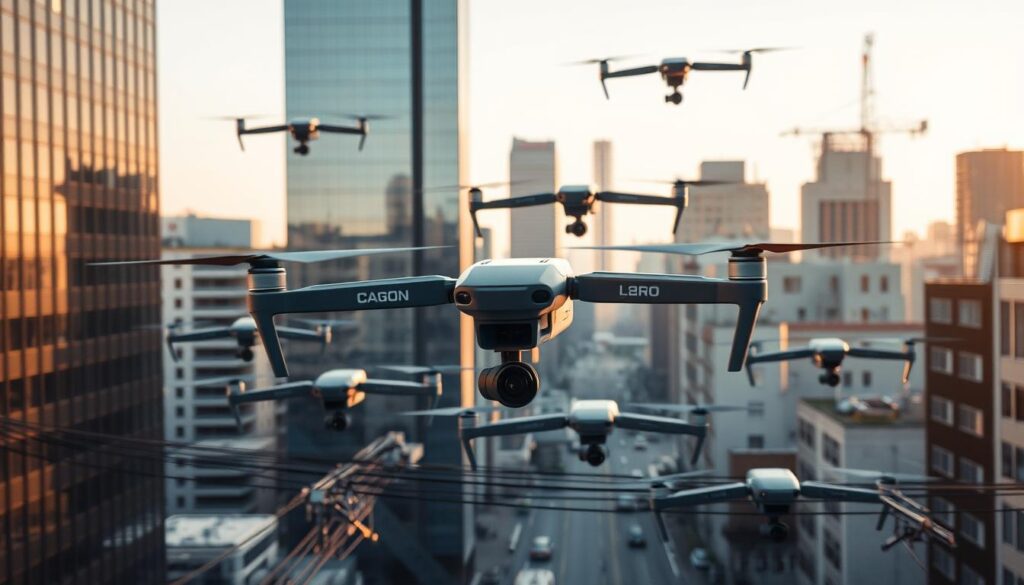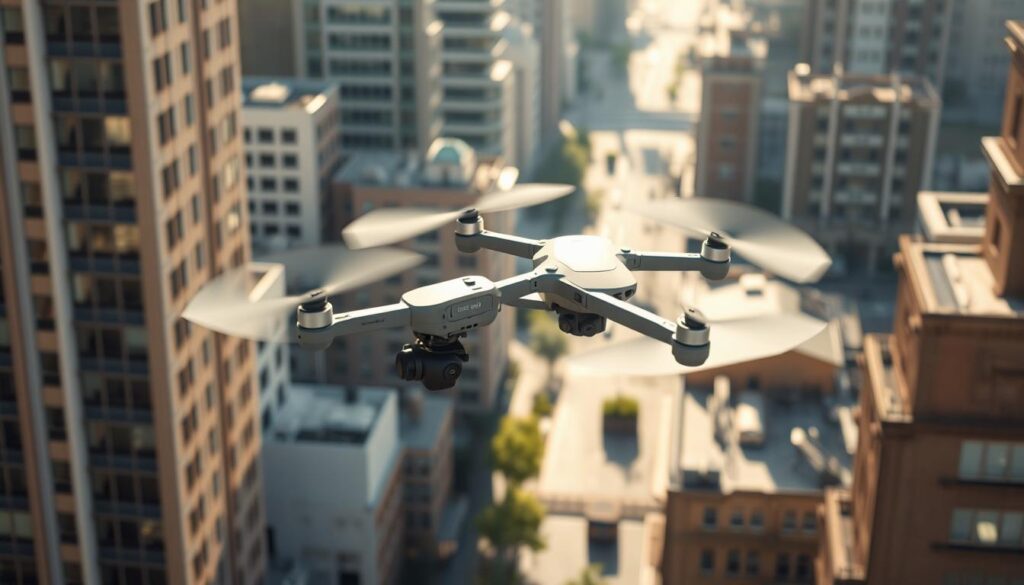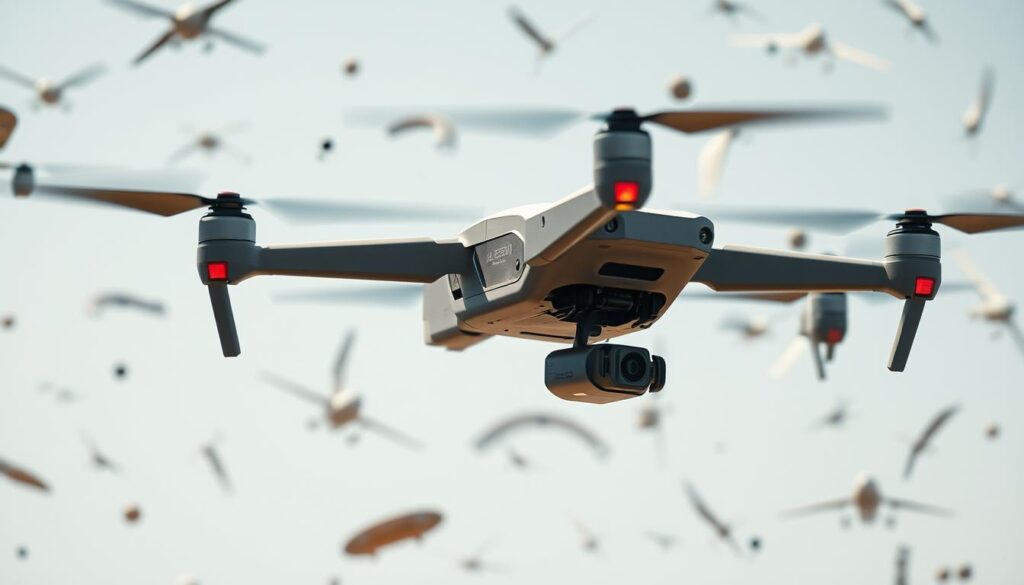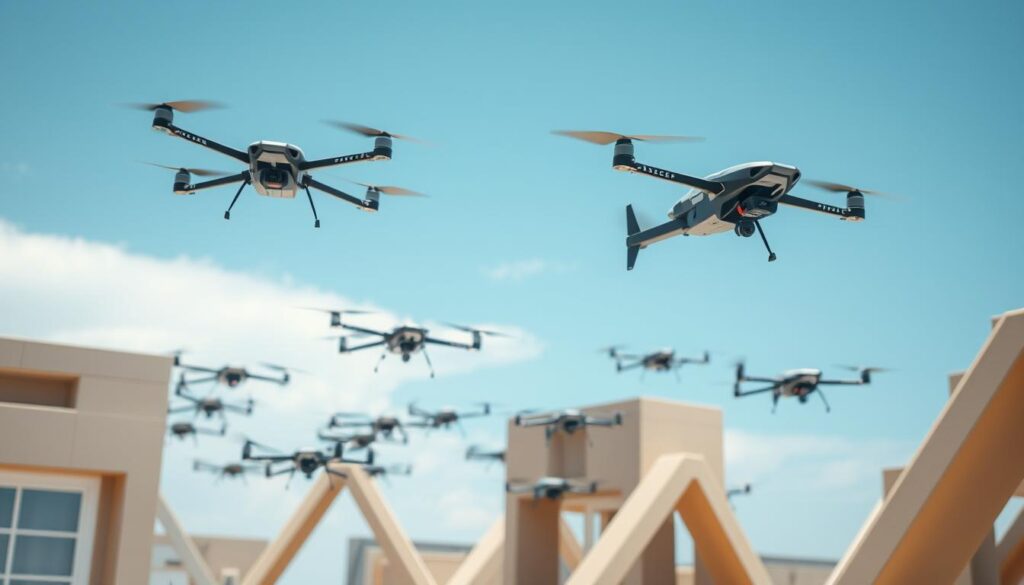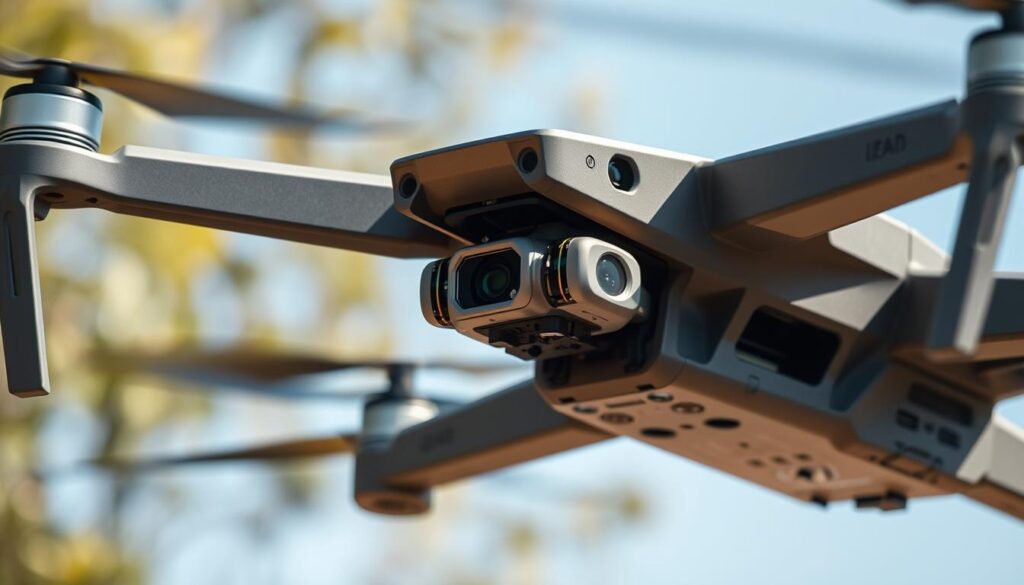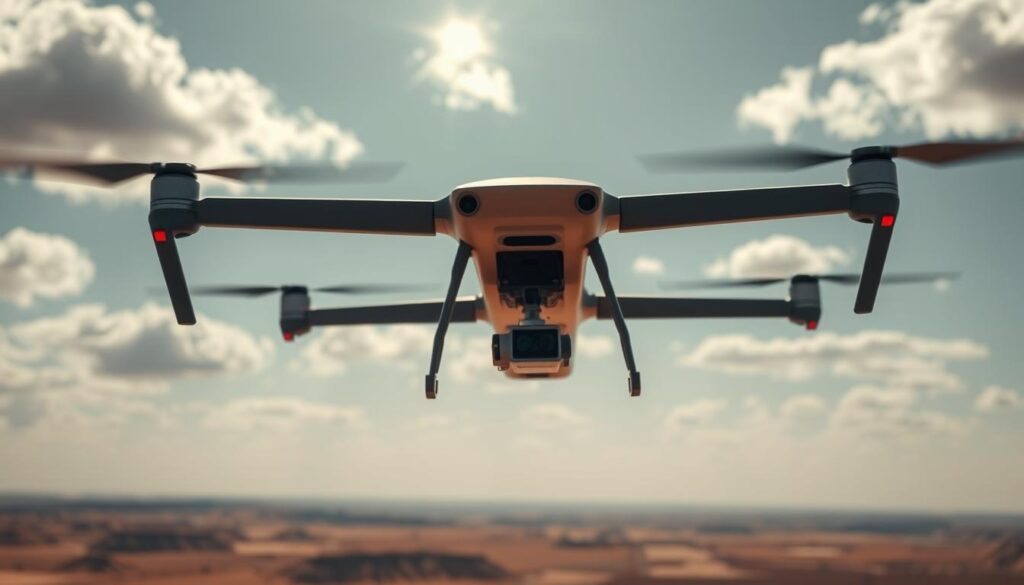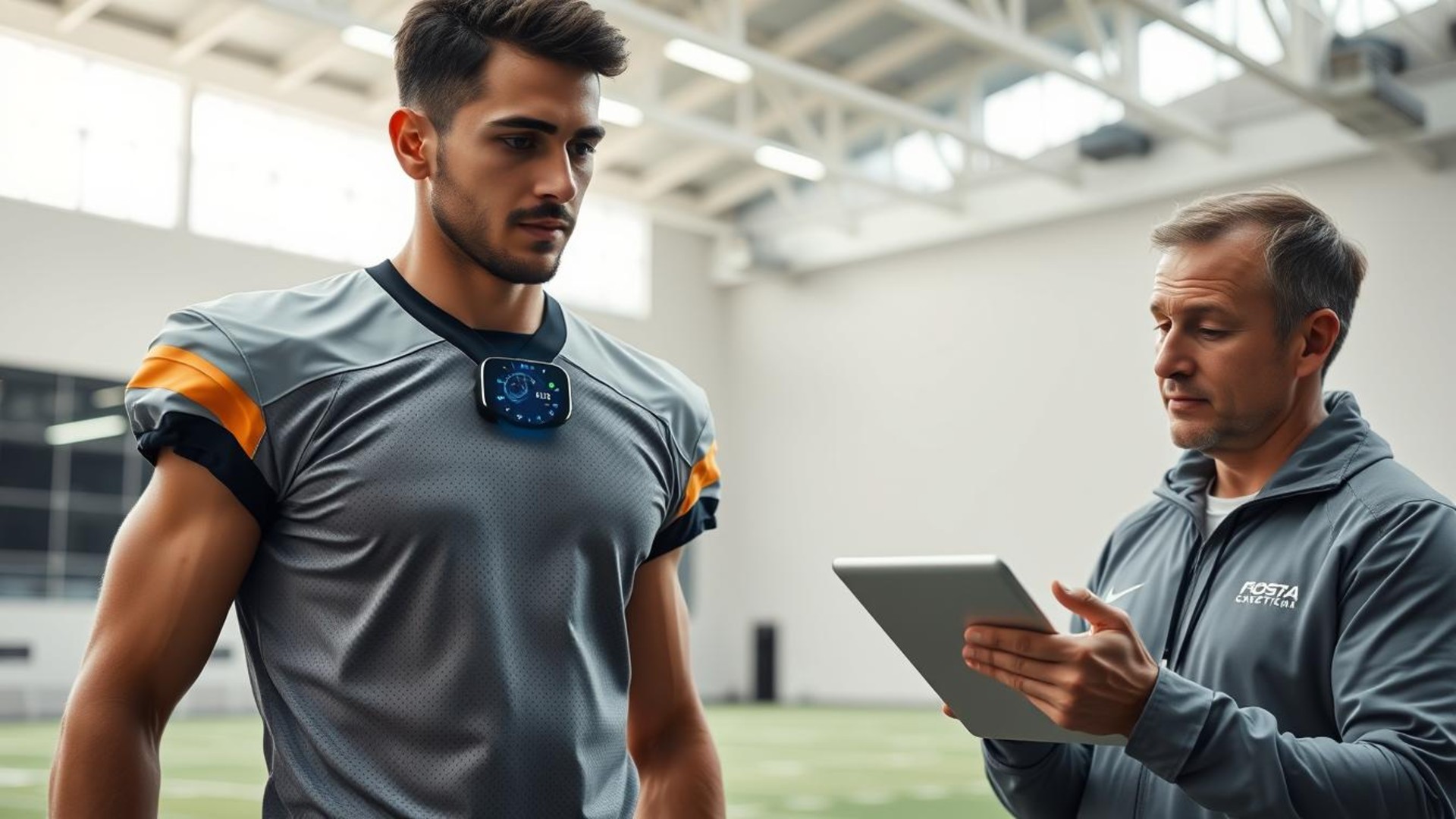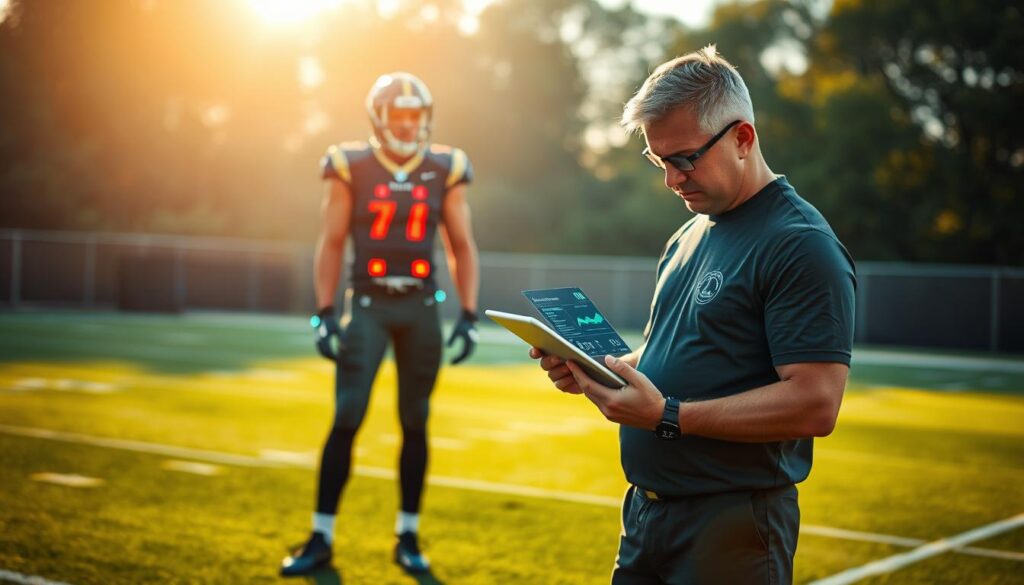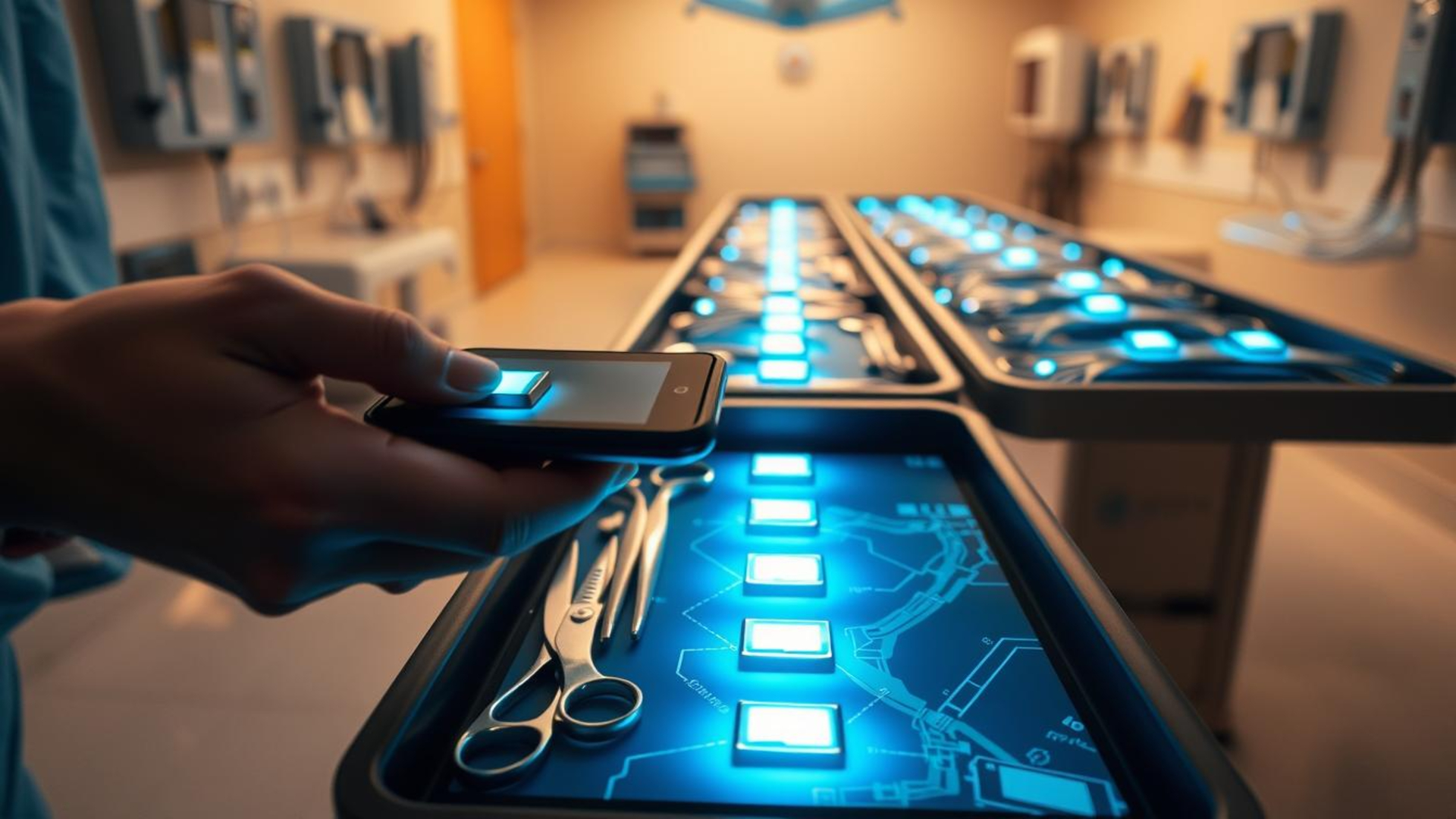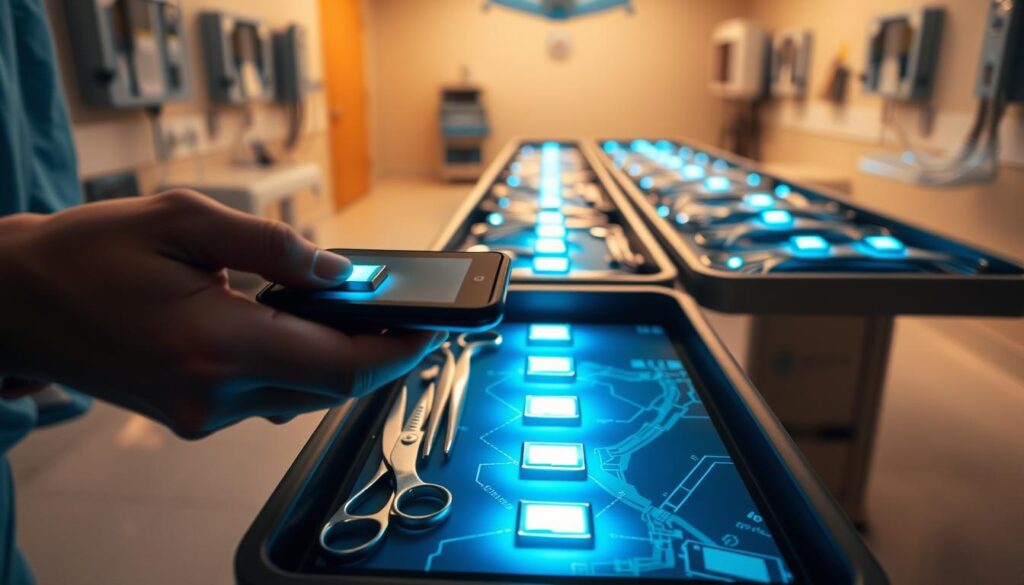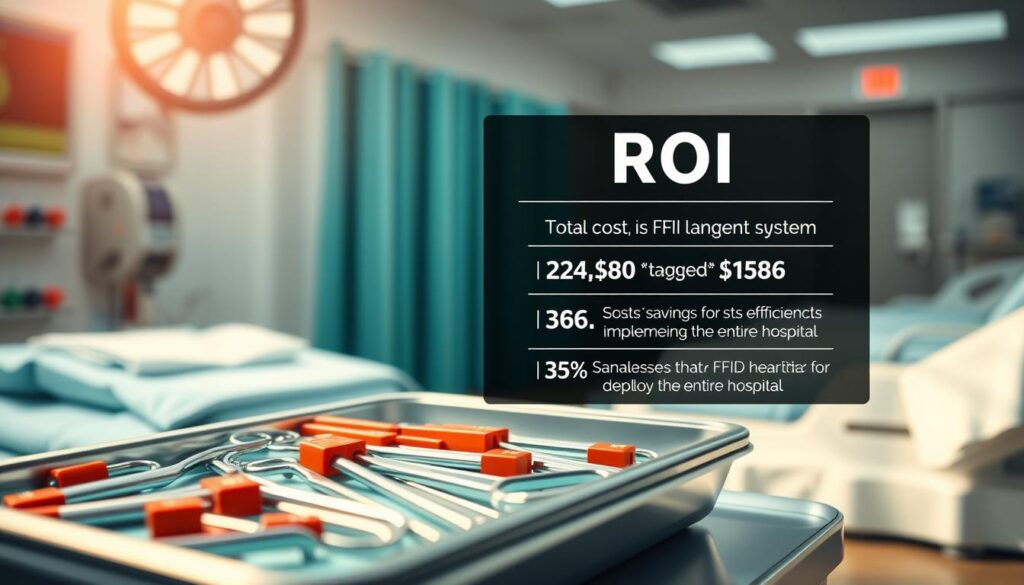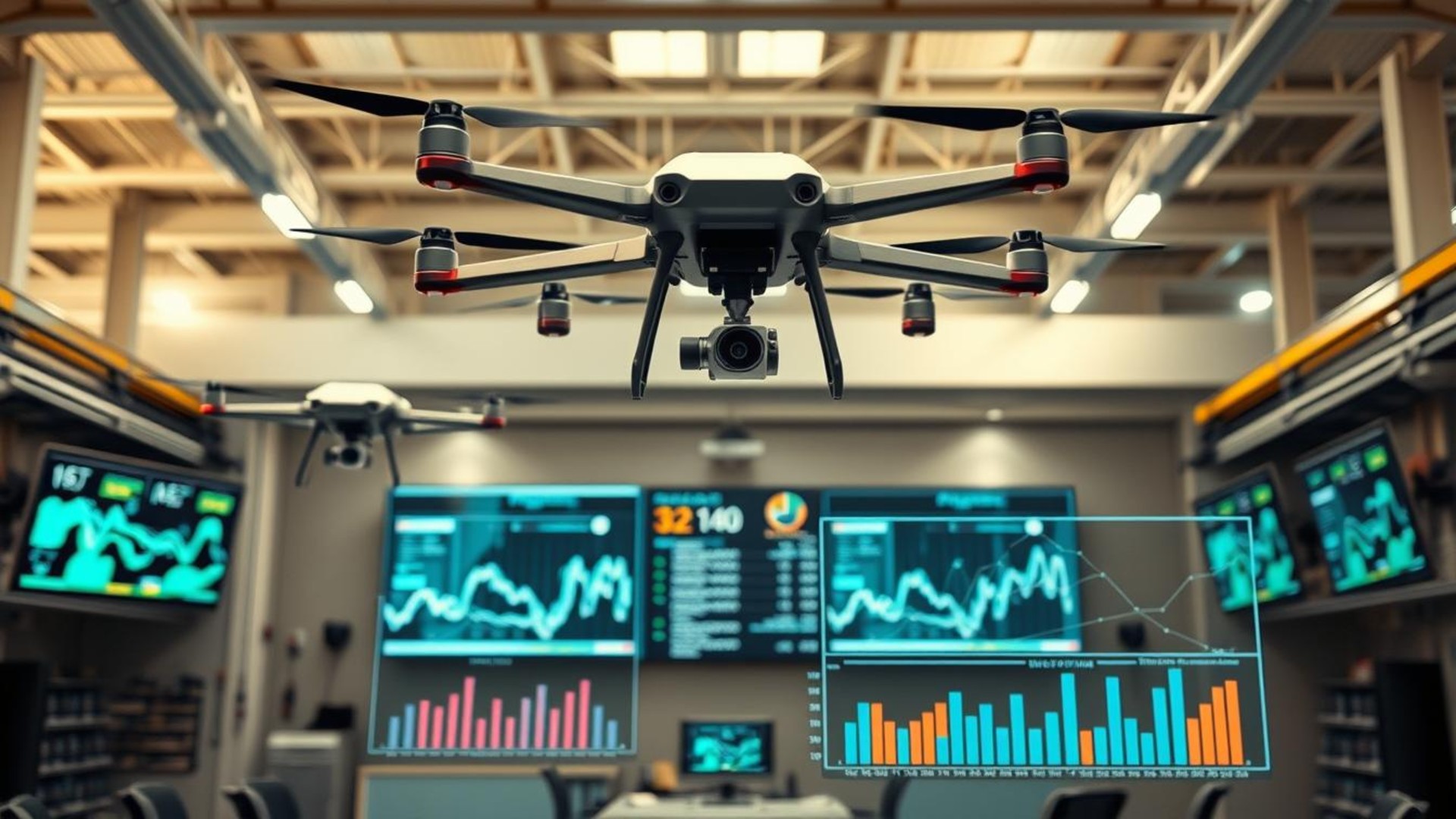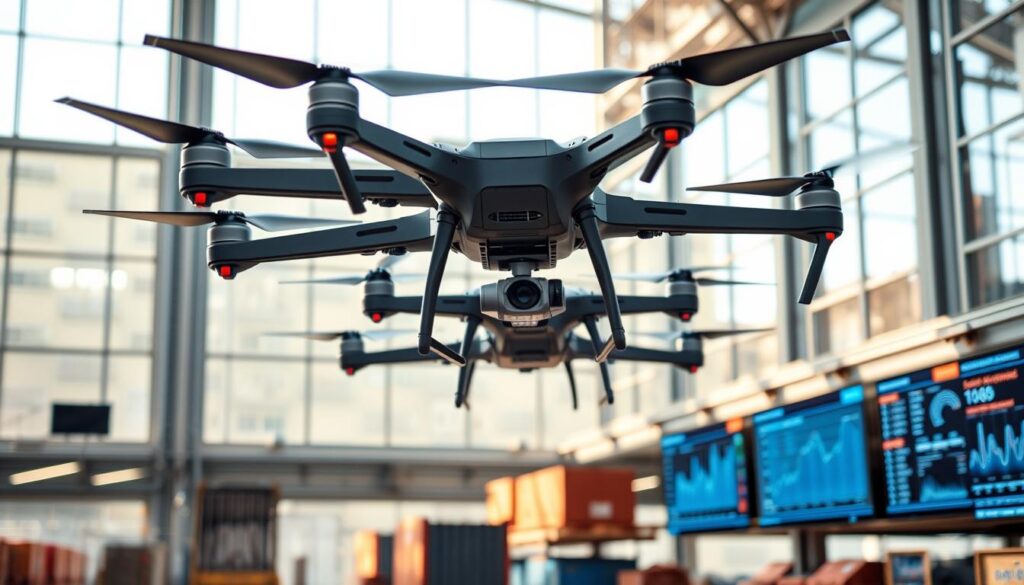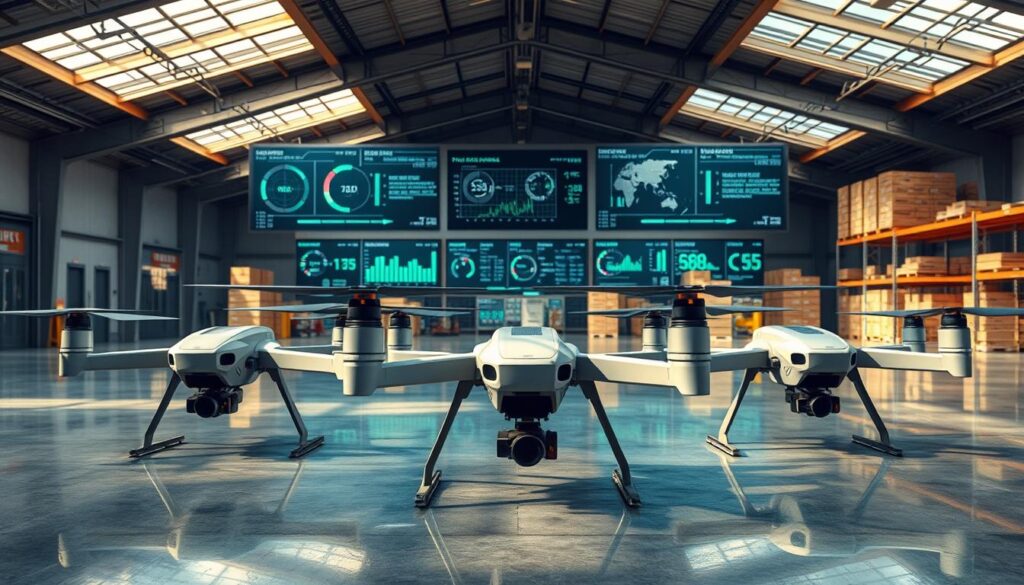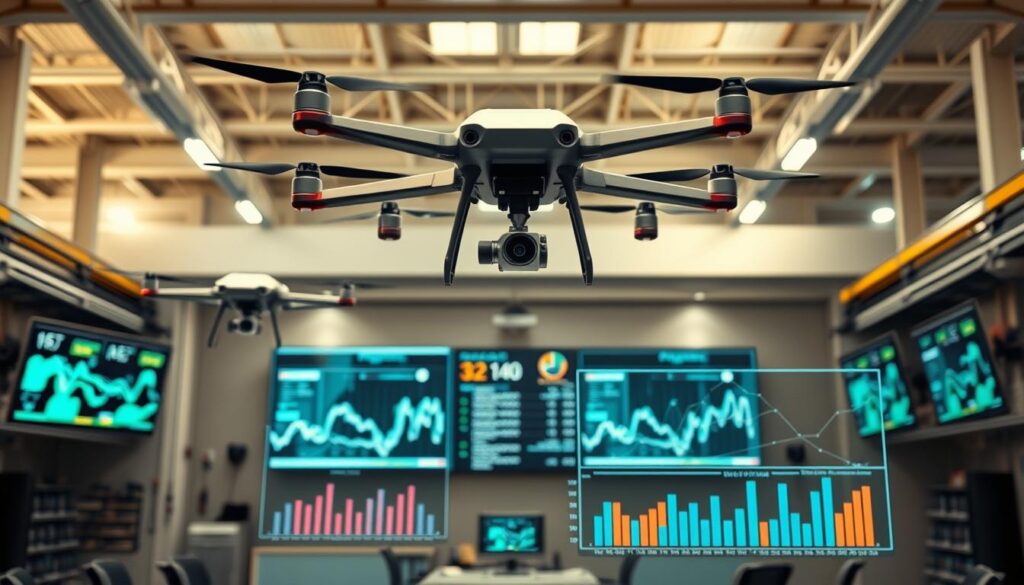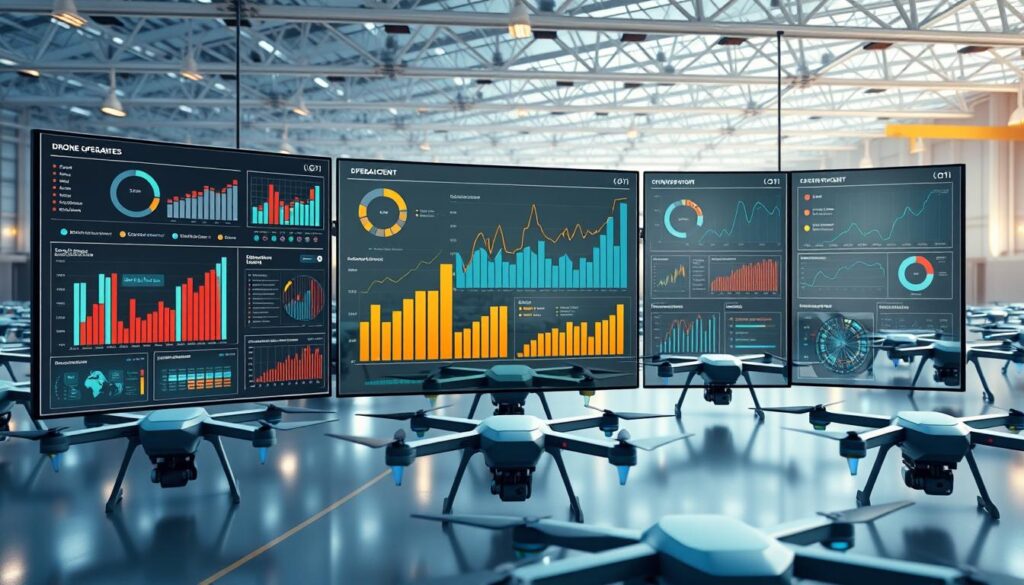
On a rainy Monday morning, a bus driver in San Jose sighed at a long line of cars. Within weeks, adaptive signals shifted green for buses. The driver cut ten minutes from the route, and more riders boarded.
This story shows how modern systems fuse camera, radar, and lidar with machine learning. Cities like Los Angeles and San Francisco already report fewer delays and lower emissions. San Jose’s signal priority improved bus travel times by over 50% and raised ridership.
By 2025, U.S. cities will scale sensors, adaptive signals, and cloud dashboards to reduce congestion and boost commuter safety. Platforms send live data to dashboards, predict jams, and sync signals across corridors. Successful programs pair technology with governance, training, and iterative tuning so benefits reach every neighborhood.
Iottive offers end-to-end IoT, AIoT, and mobile app expertise to help cities connect devices, apps, and cloud platforms for safer, smoother transportation.
Key Takeaways
- Adaptive signals and sensors cut delays and emissions in real deployments.
- Predictive analytics and mobile dashboards turn fragmented systems into coordinated networks.
- Bus priority and synced corridors deliver measurable rider and time gains.
- Governance, training, and equity are as vital as the technology.
- Iottive can be a partner for end-to-end IoT and AIoT integration.
Why 2025 Is a Turning Point for Smart Traffic in U.S. Cities
Rising commute times, stricter climate targets, and new enforcement pilots have converged to make 2025 a watershed year for city mobility.
Macro drivers are clear: aging infrastructure, population growth, and climate goals push local leaders to modernize transportation systems. New pilots and laws are unlocking funds and political will to scale projects with measurable gains.
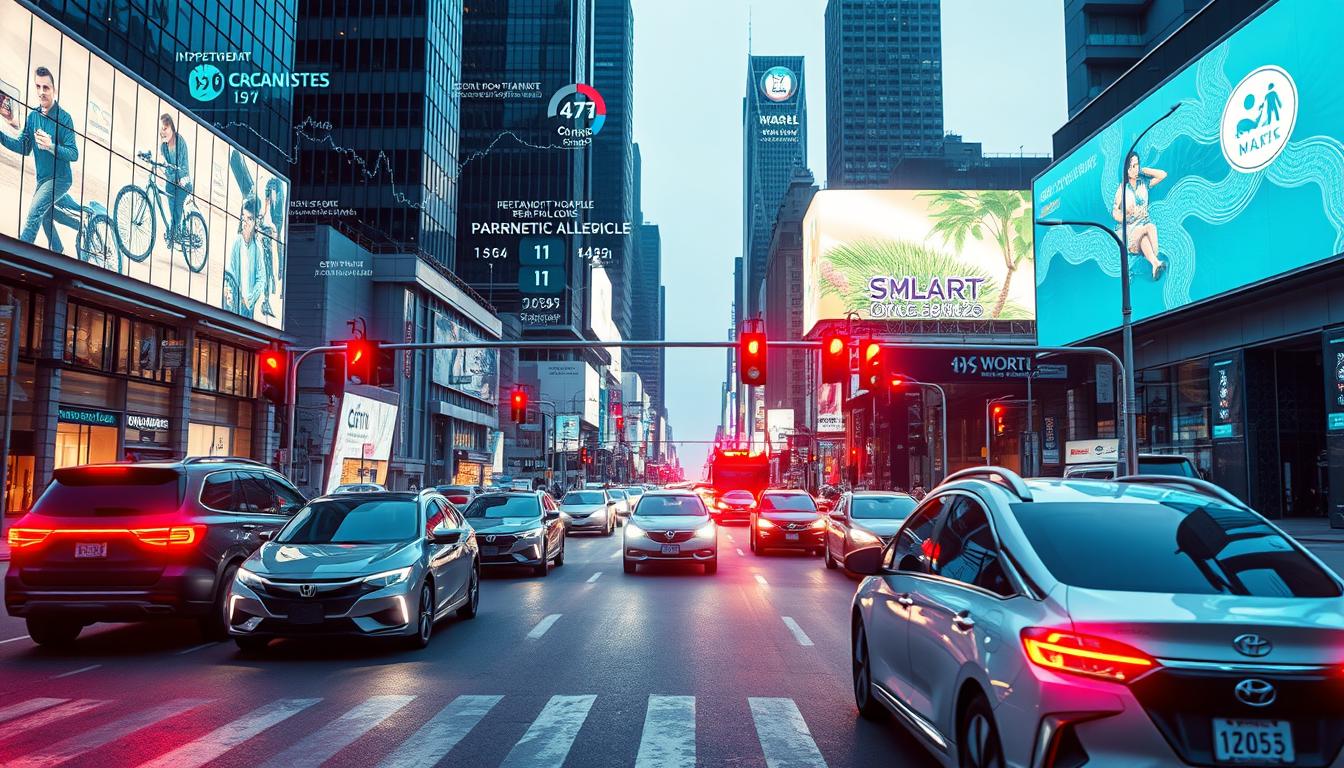
Recent results underline the shift. California’s I‑210 corridor uses real‑time sensors and machine learning to adjust signals and ramp meters during incidents. New York’s school‑zone speed cameras cut speeding by over 70%. Congestion pricing in Manhattan removed about one million vehicles in its first month and sped crossings by 10%–30%.
- Tech convergence: real‑time sensing, cloud analytics, and edge decisioning make adaptive systems practical at scale.
- Expected outcomes: more predictable travel time, fewer crashes, and lower emissions become baseline demands from residents and businesses.
- Deployment strategy: phase upgrades on worst corridors, leverage grants, and use vendor playbooks so midsize cities can replicate big‑city wins.
Operational success depends on workforce readiness and phased procurement to manage costs. Iottive supports agencies with end‑to‑end solutions and mobile/cloud integration to accelerate rollouts and cut implementation risk.
Defining the Stack: AI traffic control, IoT smart roads, connected traffic management
Modern signal stacks now shift timing in seconds, using live sensor feeds and adaptive algorithms.

From fixed-time signals to adaptive, ML-driven control
Old systems ran on fixed plans that fit average demand. New approaches use machine learning and fast algorithms to change green time as volumes shift.
That switch lets corridors react within seconds, improving flow and cutting stops for vehicles and transit.
IoT smart roads: sensors, cameras, radar, and edge analytics
Field devices now include cameras, lidar, HD3D radar, and iot sensors. On-device processing classifies cars, bikes, and pedestrians up to 20 times per second with ~98.7% accuracy.
Edge analytics reduce latency and backhaul load, keeping functions reliable in poor weather or low light.
Connected traffic management: V2I/V2X data unifying roads, vehicles, and control centers
V2I messages let buses and emergency vehicles request priority while app streams help centers reroute incidents in real time.
- Standards and APIs integrate signals, detectors, and controllers into one coherent system.
- Interoperability avoids vendor lock-in and scales across corridors.
- Real-time classification adjusts green splits, offsets, and phases to protect vulnerable road users and smooth flow.
Iottive builds custom platforms that link BLE devices, AIoT sensors, mobile apps, and cloud dashboards. The result: fewer stops, smoother flow, and more reliable service for all vehicles.
Lessons from California: Real-world AIoT deployments shaping urban mobility
California’s pilots offer a clear playbook: start on busy corridors, measure fast, and scale what works.
Los Angeles expanded ATSAC from 118 signals in 1984 to 4,850 adaptive traffic signals citywide. The program cut delays by 32% and trimmed emissions about 3%, easing congestion on major arterials.
San Francisco used lidar and IoT sensors at Mission Bay intersections to favor buses and protect pedestrians. That corridor-level experiment shows how high-resolution detection changes timing where it matters most.
San Jose deployed AI signal priority that raised bus travel speeds by over 50% and boosted VTA ridership 15% in early 2024. Faster, more reliable public transportation drove rider confidence.
AB 645 authorized automated speed cameras in LA, SF, San Jose, Long Beach, and Glendale. These pilots will shape statewide best practices for safety and enforcement, pairing enforcement with adaptive timing for better outcomes.

- Integrate sensor feeds with crowd-sourced data to improve situational awareness in control centers.
- Bus-mounted cameras keep lanes clear and support faster service and lane adherence.
- Begin with high-crash, high-delay corridors; corridor-first strategies scale to full networks.
Iottive can integrate sensors, mobile apps, and cloud analytics to help other cities replicate these results and improve safety, congestion, and transit reliability.
How to Implement Smart Traffic Management: A step-by-step city roadmap
Begin with data and clear goals so investments solve the biggest problems first.
Assessment and goal-setting: Start by quantifying delay, crash hotspots, transit reliability gaps, and emissions. Rank corridors and routes by potential benefit and costs. Use short surveys and archived sensor data to set measurable targets.
Assessment and goal-setting
Define KPIs for commute time, safety, and mode shift. Tie targets to grants and city plans.
Pilots and proof-of-value
Launch focused pilots in school zones or busy transit corridors. Pilots validate outcomes, build support, and reduce procurement risk.
Systems integration
Integrate signals, detectors, vehicle data feeds, and predictive analytics into center workflows. Ensure APIs and standards to avoid vendor lock-in.
Partnerships and funding
Work with universities, vendors, and state agencies to access research and grants. Note global examples: Iteris in San Antonio and Kapsch in Brazil show scalable models.
Deployment and change management
Sequence cabinet upgrades and field communications to limit disruption. Train ops staff on dashboards, alerts, and playbooks.
Continuous optimization
Adopt closed-loop tuning using real-time and historical data to refine timing, thresholds, and detection logic over time.
“Measure fast, iterate faster: pilots that feed real data into tuning win public trust and performance.”
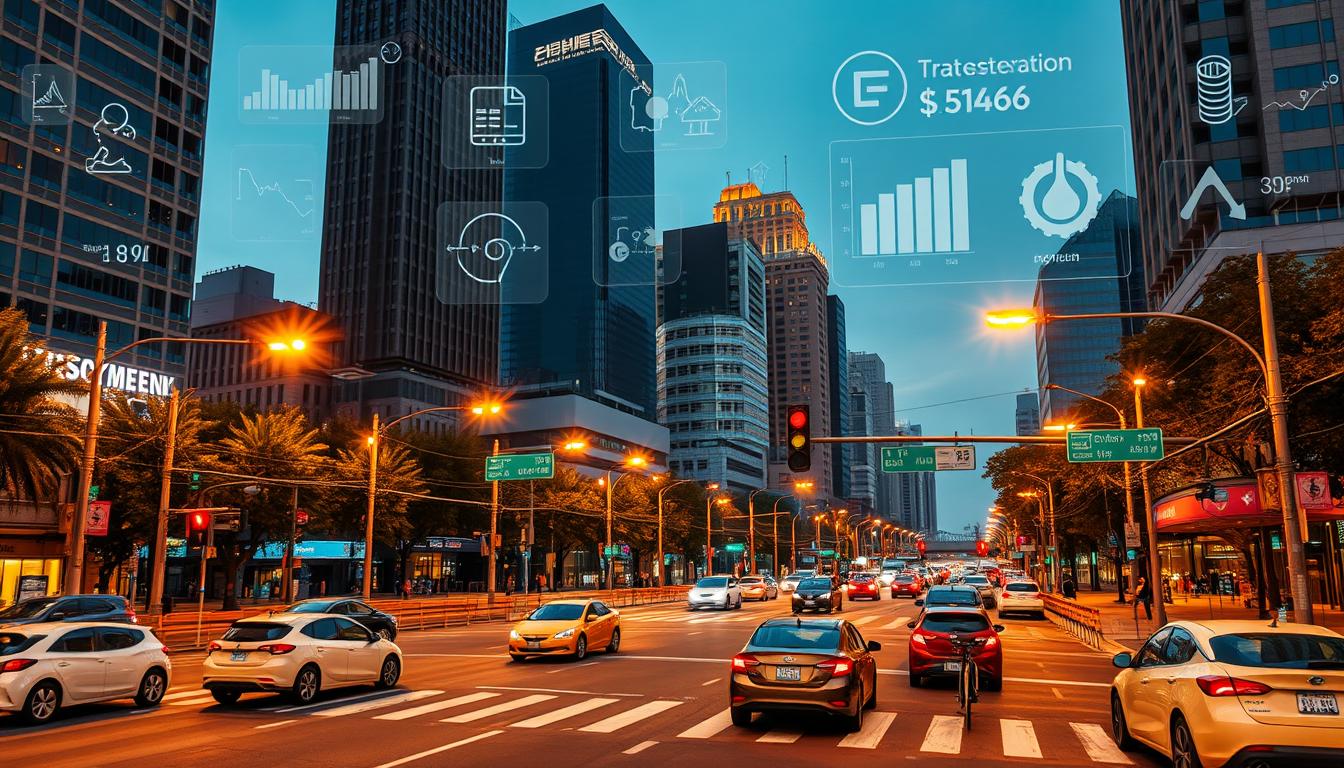
| Phase | Focus | Outcome |
|---|---|---|
| Assessment | Delay, safety, emissions | Prioritized corridors |
| Pilot | School zones, transit routes | Proof of value |
| Integration | Signals, sensors, analytics | Unified operations |
| Deployment | Training, sequencing | Stable performance |
Iottive can support pilots through full deployment with custom products, BLE integrations, field apps, and cloud dashboards for performance tracking.
Core Technologies You’ll Need for Intelligent Traffic Flow
New sensor stacks combine vision and radar to keep signals responsive in darkness and heavy rain.
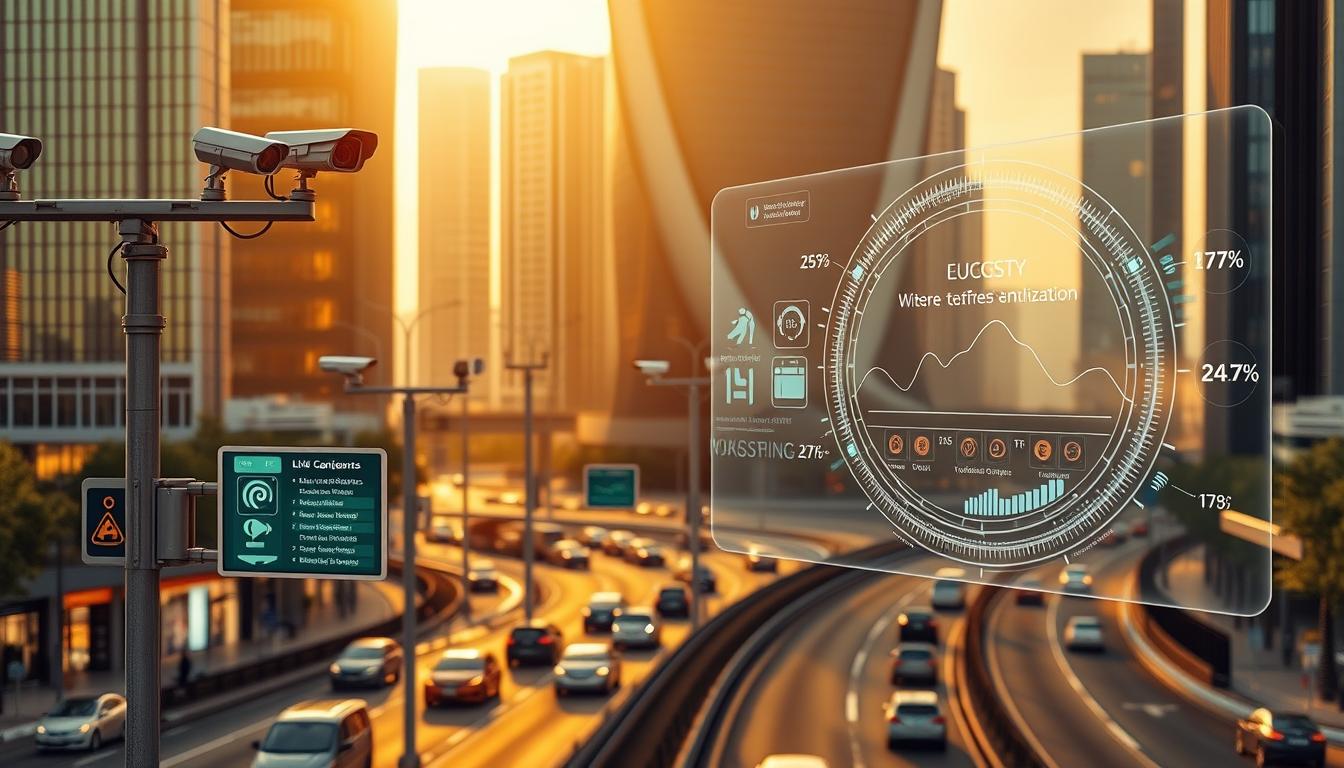
AI-powered sensors: Computer vision, HD3D radar, and multimodal detection
Vision plus radar improves classification, speed measurement, and night‑and‑rain robustness. Modern units fuse HD3D radar with video and run inference up to 20 times per second with accuracy near 98.7%.
These sensors spot pedestrians, bikes, and vehicles while reducing false detections in poor weather.
Adaptive signal control: Reinforcement learning and transit priority
Reinforcement learning tunes splits, offsets, and phases across corridors. The result: up to 25% lower travel time and 40% lower wait times on prioritized routes.
Edge computing and AIoT: Low-latency decisioning at the intersection
Edge inference in signal cabinets cuts latency for safety functions and keeps bandwidth use low. Local processing also keeps vital detections working when backhaul is limited.
Connected vehicles and V2I: Priority for buses and emergency response
V2I enables bus priority requests, EMS preemption, and advisory speed messages to smooth platoons and shorten response times for emergency vehicles.
Cloud platforms and mobile integration: Dashboards, APIs, and data lakes
Iottive designs AIoT sensor integrations, BLE apps for technicians, and cloud analytics with open APIs. Dashboards track KPIs, manage models, and store long‑term data for audits and planning.
| Technology | Primary Benefit | Typical Impact |
|---|---|---|
| Radar + Vision sensors | Robust detection day/night | ~98.7% accuracy; 20 Hz processing |
| Adaptive signal systems | Corridor-wide timing | Up to 25% faster trips |
| Edge inference | Low latency safety | Reliable function in bad weather |
| V2I services | Priority for buses/EMS | Reduced response and dwell times |
Data, Privacy, and Cybersecurity for Connected Traffic Systems
Protecting privacy begins at the point of capture, not after data leaves the device.
Data governance must be explicit: collect only what you need, set clear retention windows, and assign role-based access. Cities deploying cameras and sensors now publish retention policies and limit raw video storage for school zones and other sensitive areas.
AB 645 pilots in California show how policy and enforcement combine with privacy oversight. Bus-mounted enforcement programs in San Francisco and Oakland pair measurable safety gains with strict evidence-handling rules and audit logs.
Privacy-by-design
Use on-device anonymization, hashing, and aggregation to remove personally identifiable information before data leaves the field. On-device processing keeps sensitive details local while sending only aggregated metrics to the cloud.
Cyber resilience
Segment field networks, require certificate-based authentication, and run continuous monitoring with intrusion detection. Vendor obligations should include firmware signing, a secure development lifecycle, and third-party audits.
- Define collection minimization, retention windows, and role-based access that match public expectations.
- Adopt on-device redaction and aggregation to protect drivers and pedestrians in schools and hospitals.
- Implement network segmentation, certificate auth, and continuous intrusion detection for critical systems.
- Keep policy transparent; publish audit logs, evidence rules, and incident response plans.
Iottive supports privacy-by-design with on-device processing, anonymization, secure BLE/mobile integrations, and cloud security best practices to help cities deploy safe, resilient transportation solutions.
Measuring Impact: KPIs and outcomes smart cities should track
Measuring what matters lets agencies show progress to riders and policymakers.
Start with clear baselines and use consistent data so changes are verifiable. Dashboards should surface travel times, wait time, priority activations, and near-miss analytics.
Mobility and reliability
Core mobility KPIs include corridor travel time, intersection delay, reliability buffers, and on-time bus performance. Use travel and dwell-time analytics to refine signal priority and bus lane strategies.
Safety improvements
Track speeding prevalence, crash frequency and severity, and near-miss events detected by sensors. San Francisco’s bus-mounted enforcement cut transit lane violations by ~47%.
Economic and environmental gains
Quantify fuel savings, emissions reductions, and cost avoidance from smoother flow. LA’s ATSAC reported a 32% delay drop and a 3% cut in emissions; San Jose saw 50%+ faster bus travel and 15% ridership growth.
- Measure equity outcomes across neighborhoods and high-injury networks.
- Monitor operational KPIs: sensor uptime, signal availability, and mean time to repair.
- Link KPIs to phases: pilot baseline, post-deployment delta, and year-over-year change.
Iottive’s cloud dashboards and mobile apps can export reports for agencies and the public, making results transparent and actionable for city leaders and stakeholders.
Why Partner with Iottive for End-to-End IoT/AIoT Traffic Solutions
Iottive helps cities stitch field devices, cloud analytics, and mobile workflows into one reliable system.
Our expertise spans BLE app development, cloud and mobile integration, device firmware, and secure platforms. We deliver end-to-end solutions that connect sensors, cameras, lights, and controllers with dashboards and open APIs.
From sensors to apps
We build custom platforms and apps for maintenance crews, priority request workflows, and public mobility dashboards. Our teams prototype hardware, run lab tests, and do field calibration so systems work from day one.
Industries served and next steps
Iottive serves healthcare, automotive, smart home, consumer electronics, and industrial sectors. We support pilots, scaling plans, cybersecurity hardening, and training for ongoing operations management.
- End-to-end capabilities: sensor integration, firmware, BLE connectivity, mobile apps, and secure cloud services.
- Interoperability: systems that link signals, sensors, cameras, and analytics into one operations view.
- Lifecycle support: prototyping, lab validation, field deployment, analytics, and continuous optimization.
Discuss corridor priorities, safety hotspots, and road challenges with our team. Visit www.iottive.com or email sales@iottive.com to start a discovery session.
Conclusion
Cities now turn intersections into responsive networks that cut delays and protect people. California examples show this works: LA’s ATSAC cut delay by 32%, San Jose boosted bus speeds over 50%, and AB 645 pilots guide policy and practice. These wins prove that intelligent traffic solutions can improve daily mobility and reduce emissions.
Smart traffic management and adaptive signals deliver measurable safety and efficiency gains for vehicles, buses, and pedestrians. Clear KPIs and public reports keep programs accountable and fundable.
Move from planning to pilots on high‑impact corridors. For end‑to‑end support to plan, pilot, and scale programs that deliver measurable performance, contact Iottive at www.iottive.com or sales@iottive.com.
FAQ
How is artificial intelligence changing intelligent traffic management in 2025?
AI is enabling adaptive signal timing, real-time route optimization, and predictive incident detection. Machine learning models forecast congestion and adjust signal plans to reduce delays, while edge analytics process sensor and camera inputs at intersections to cut latency. The result is smoother vehicle flow, improved transit reliability, and lower emissions.
Why is 2025 a turning point for urban mobility in U.S. cities?
Cities now combine matured sensor stacks, more affordable connectivity, and proven algorithms. Federal and state funding plus pilot successes in major metros have accelerated deployments. This convergence makes system-scale upgrades financially and operationally viable, letting agencies move from pilots to network-wide implementations.
What components make up the modern stack for connected signal systems?
The stack includes adaptive signal controllers, road-side sensors (cameras, radar, lidar), edge compute nodes, vehicle-to-infrastructure links, and cloud analytics. Integration layers tie these elements into traffic management centers and transit operations to enable coordinated decisioning across corridors and modes.
How do adaptive, ML-driven signal systems differ from fixed-time signals?
Fixed-time plans run on static schedules. Adaptive systems ingest live data and use reinforcement learning or optimization to change timings dynamically. They respond to demand fluctuations, incidents, and transit priority requests, improving throughput and reducing idle time at intersections.
What types of sensors are used on instrumented corridors?
Deployments use video analytics, HD radar, lidar, loop detectors, and environmental sensors. Multimodal detection captures pedestrians, cyclists, buses, and private vehicles. Combining modalities improves accuracy for vehicle counts, speed estimates, and anomaly detection.
How does vehicle-to-infrastructure (V2I) data improve operations?
V2I provides direct vehicle telemetry and priority requests from buses or emergency vehicles. That data enables faster, more precise signal adjustments, smoother transit corridors, and enhanced safety features like speed warnings and red-light preemption.
What lessons have California deployments provided for other cities?
California projects demonstrated measurable gains: large-scale adaptive systems cut delays and emissions, corridor pilots with high-resolution sensing validated bus priority benefits, and enforcement camera pilots showed how automated speed programs can reinforce safety goals. These real-world results guide procurement and scaling strategies.
Can you give examples of measurable outcomes from deployments?
Examples include substantial delay reductions across urban networks, faster bus travel times with signal priority, and modest emissions cuts tied to smoother flow. Transit agencies also report improved on-time performance and rising ridership where priority was implemented.
What steps should a city follow to implement an end-to-end intelligent flow program?
Start with a needs assessment and clear goals, run targeted pilots for proof of value, integrate signals, sensors, and vehicle data into a unified platform, secure partnerships and funding, train operations staff, and then iterate through continuous tuning using live and historical data.
How important are pilots and proof-of-value projects?
Pilots reduce risk by validating technology, vendor claims, and operational impacts in a confined area. They help define measurable KPIs, inform procurement specifications, and build stakeholder support before network-wide rollout.
What core technologies are essential for improving intersection performance?
Key elements include computer vision or radar detection, adaptive signal controllers with modern APIs, low-latency edge compute, V2I communications for priority, and cloud platforms for analytics, reporting, and integration with transit management systems.
How should agencies handle data governance and privacy?
Establish clear policies on what data to collect, retention windows, and role-based access. Apply privacy-by-design practices like anonymization and on-device processing for identifiable data. Maintain transparency with the public about data use and protections.
What cybersecurity measures are recommended for connected intersection networks?
Employ network segmentation, encryption, regular vulnerability scanning, intrusion detection, and strict patch management. Follow federal and state guidance and run incident response drills to ensure resilience against breaches.
Which KPIs best capture the impact of intelligent flow systems?
Track travel time and variability, intersection delay, transit on-time performance, crash rates and near-miss events, fuel consumption or emissions estimates, and cost avoidance metrics tied to reduced congestion and improved reliability.
How can partnerships accelerate deployment and lower costs?
Collaborations with universities, regional agencies, technology vendors, and federal grant programs bring technical expertise, shared infrastructure, and funding. Public–private partnerships can speed procurement, provide managed services, and reduce upfront capital burdens.
What kinds of organizations does Iottive work with for end-to-end solutions?
Providers like Iottive partner with city transportation departments, transit agencies, healthcare systems, automotive firms, consumer electronics companies, and industrial operators to deliver integrated sensor platforms, BLE app development, and cloud/mobile integration across deployments.
